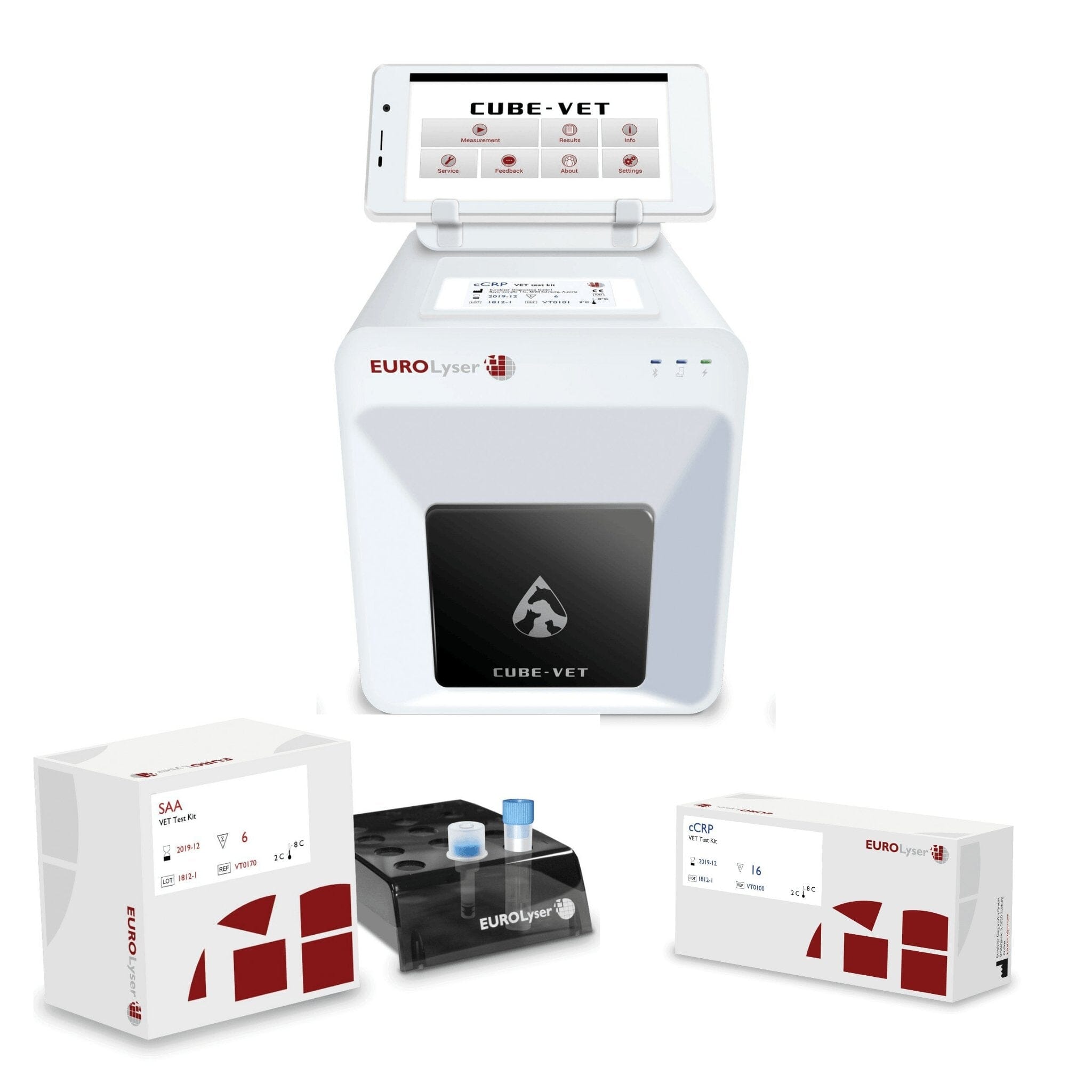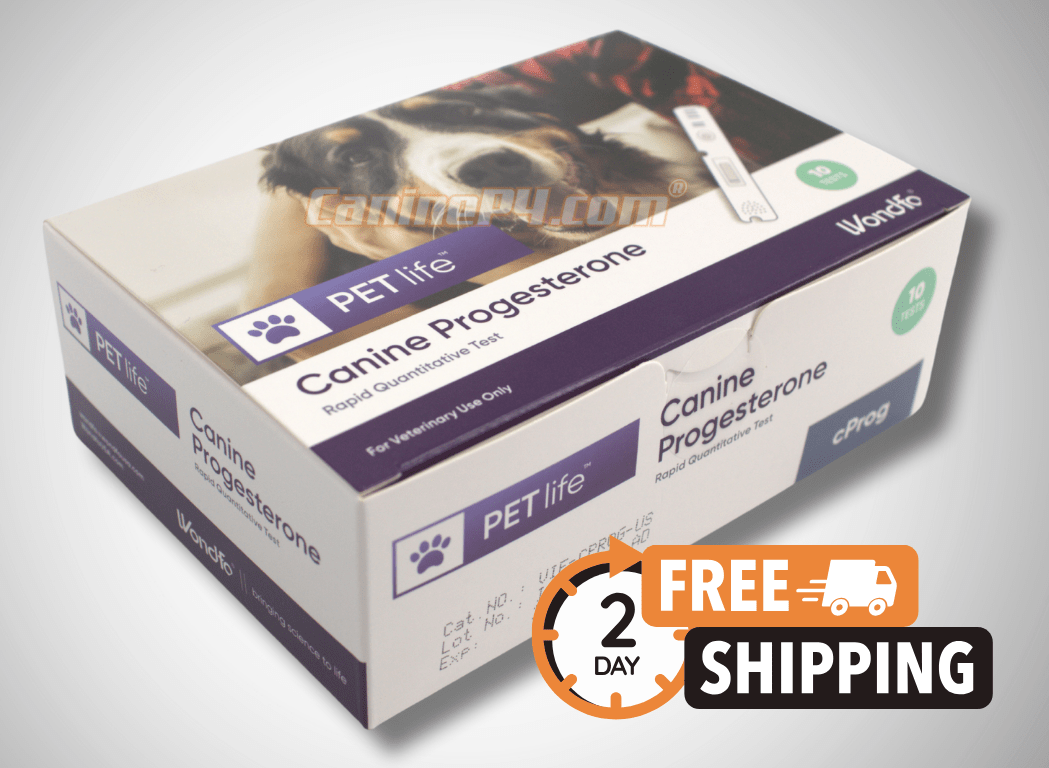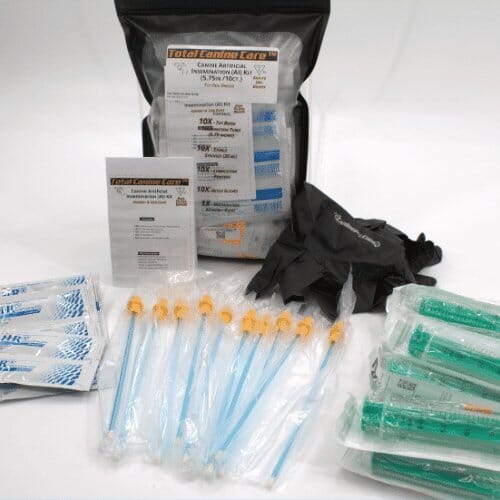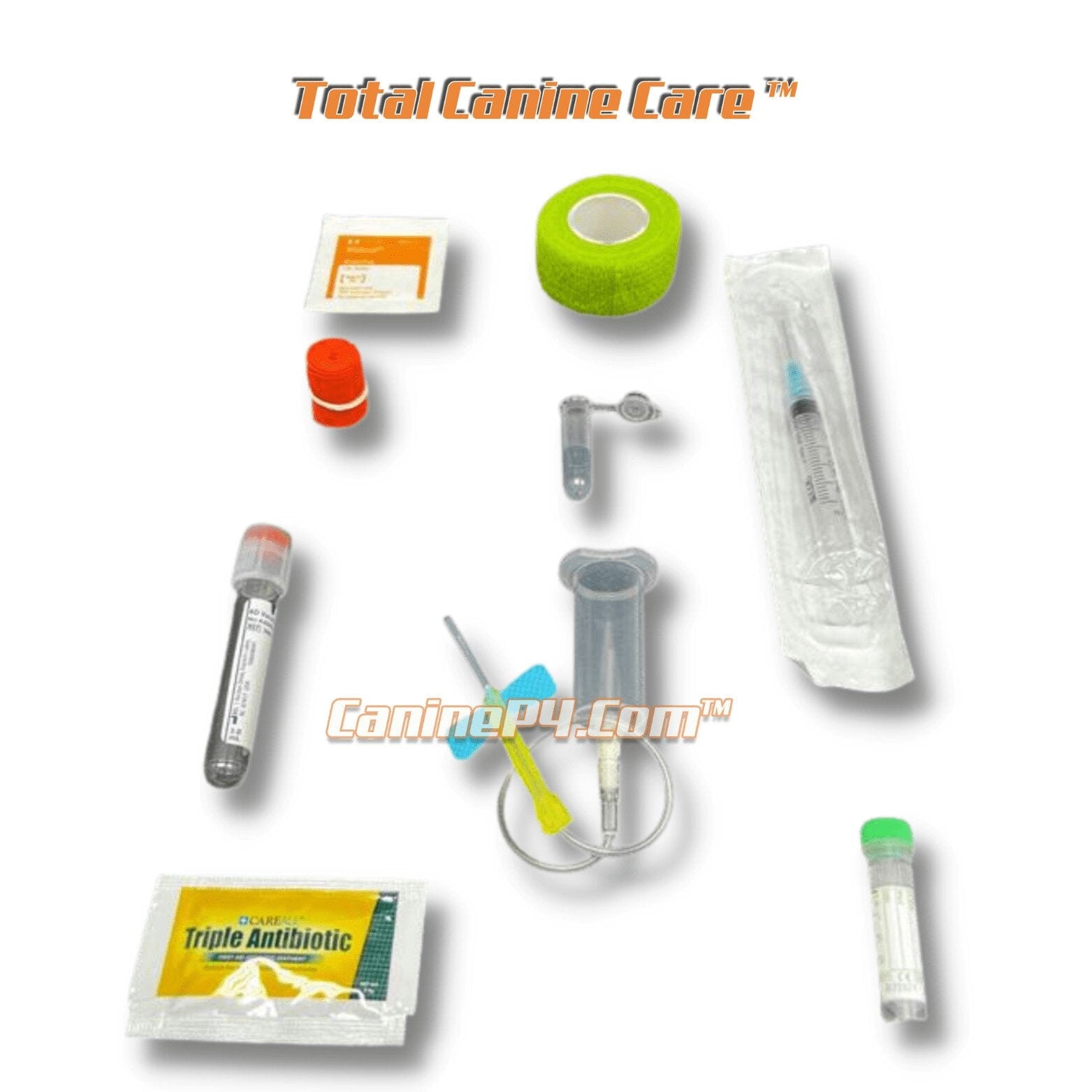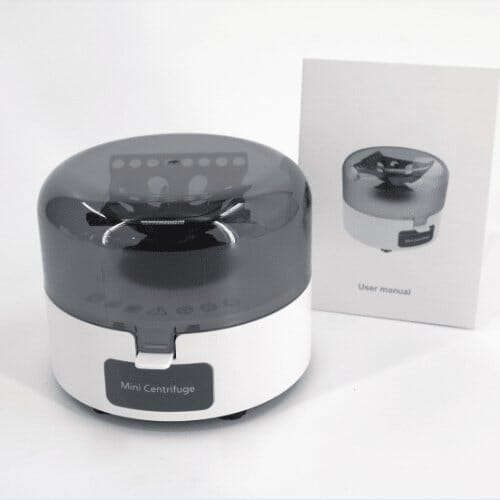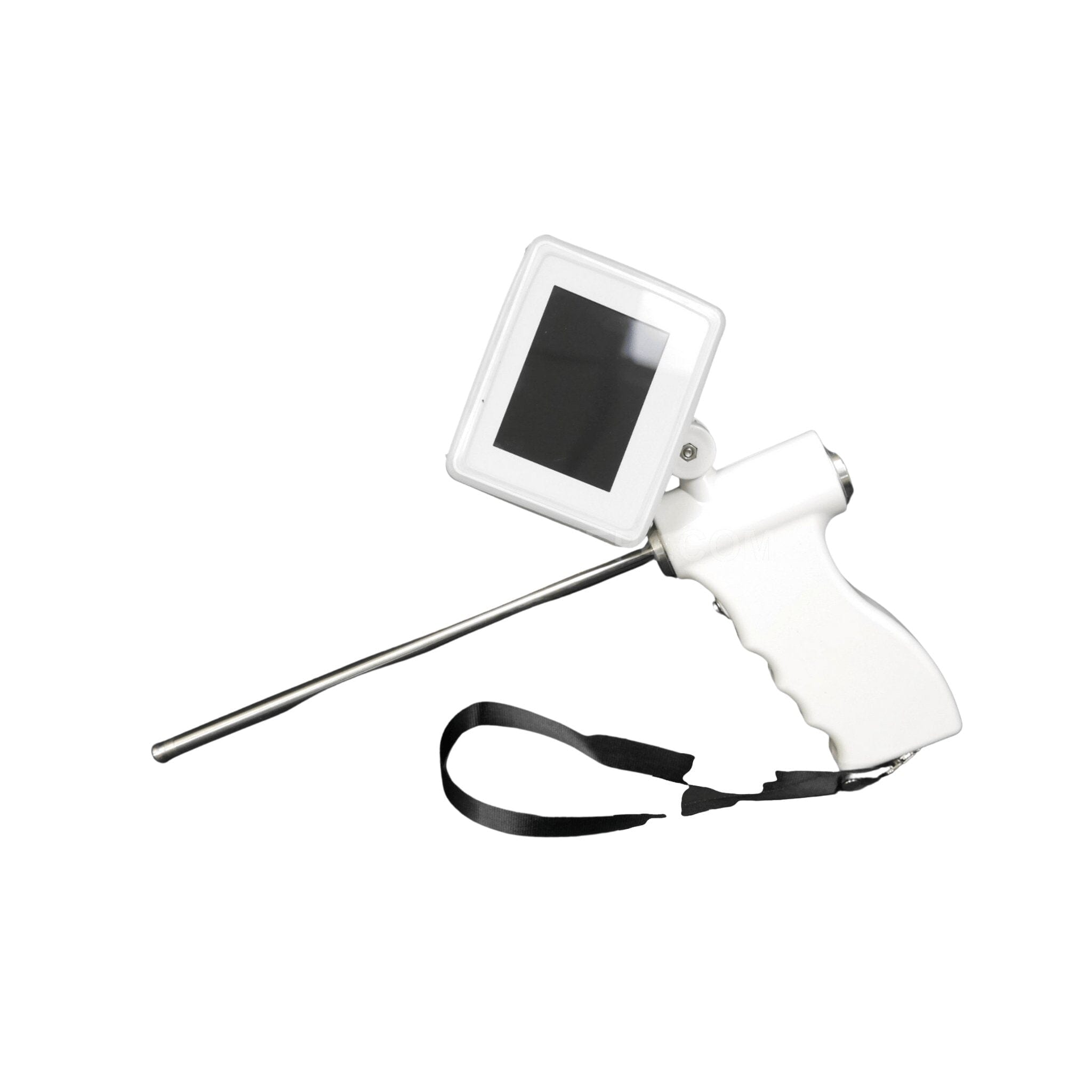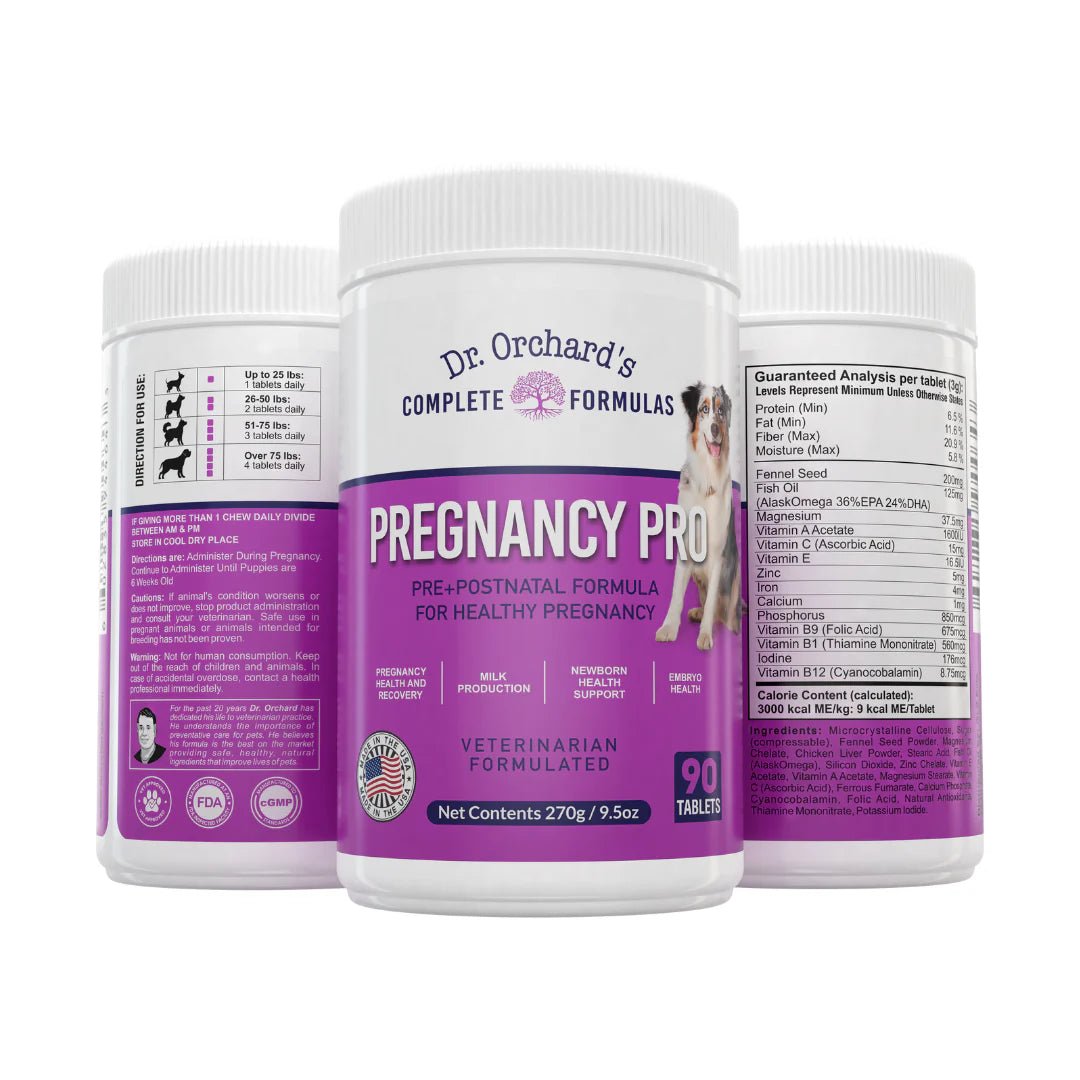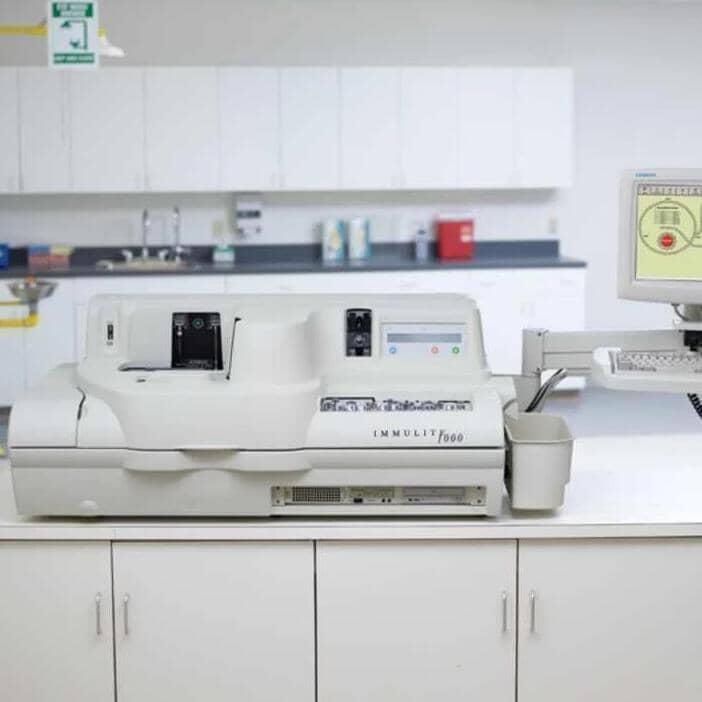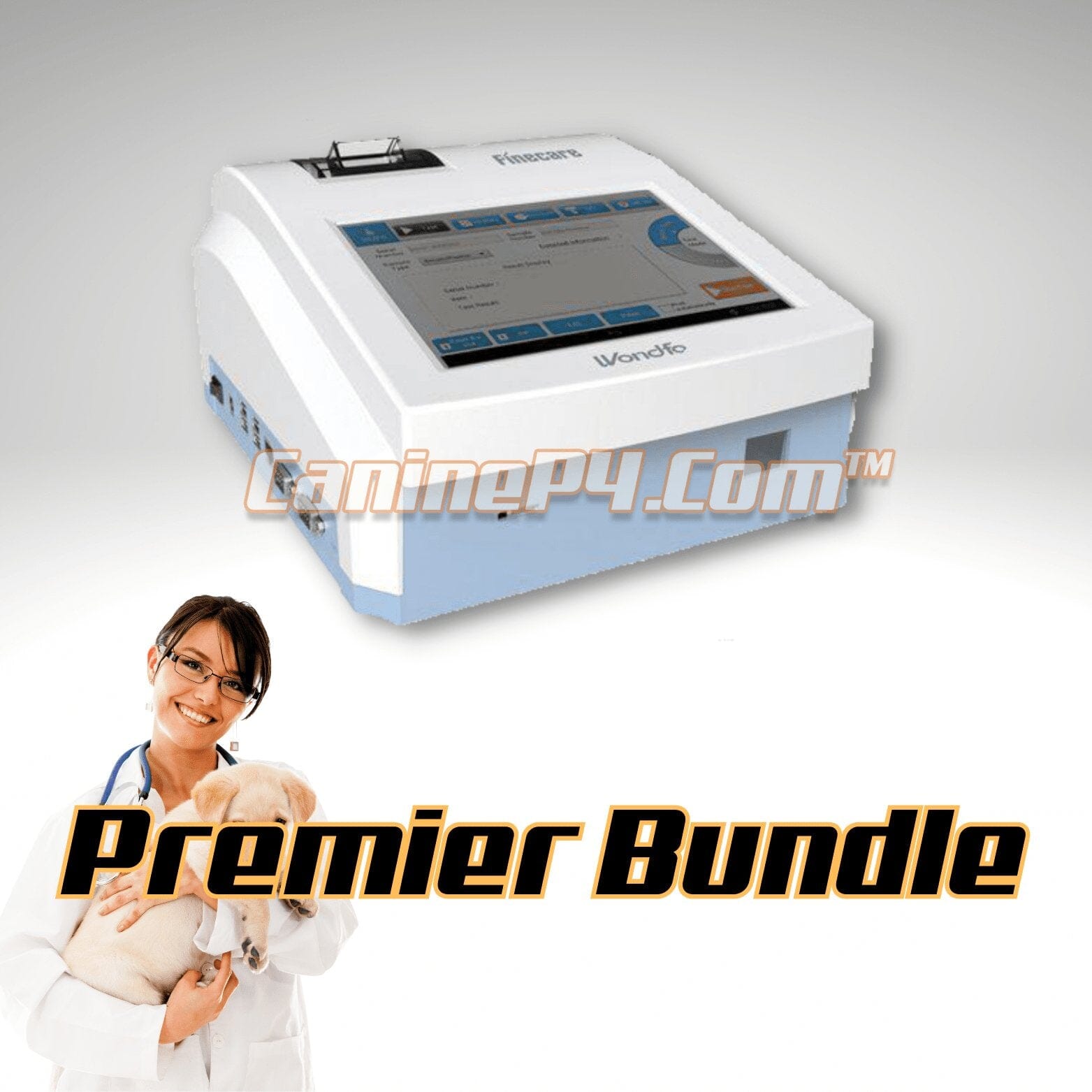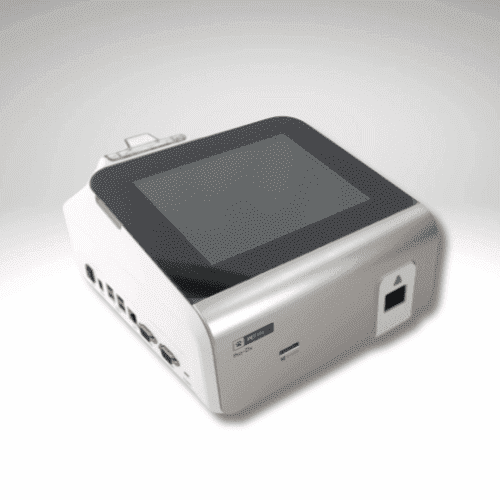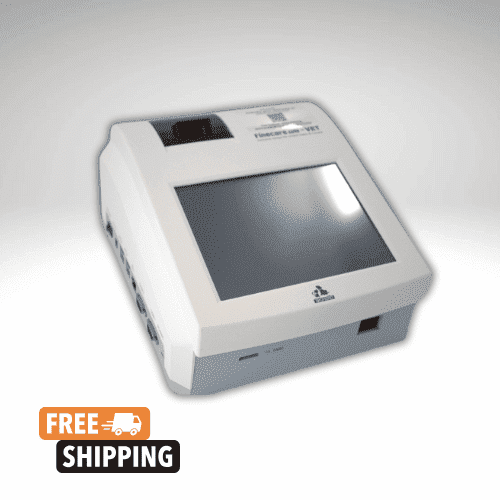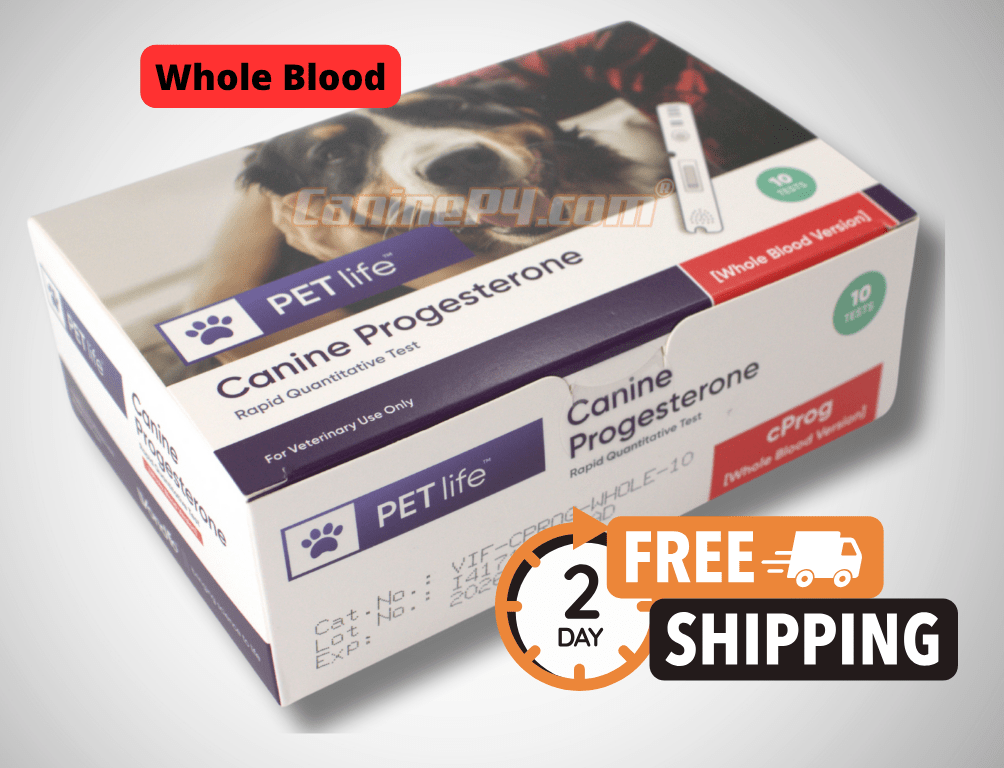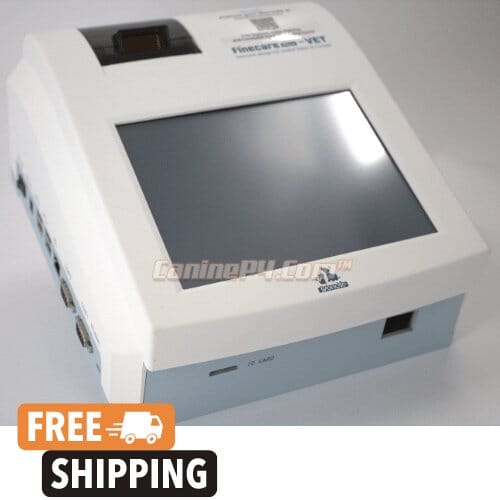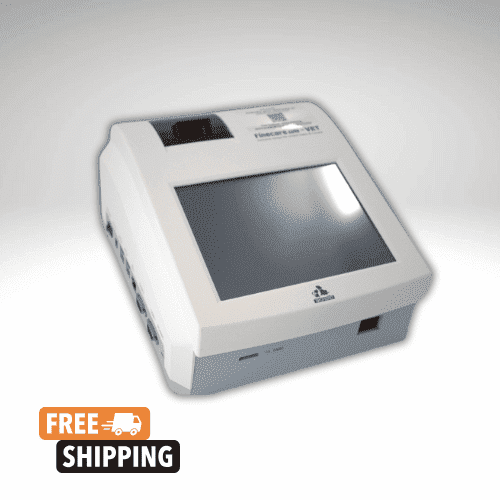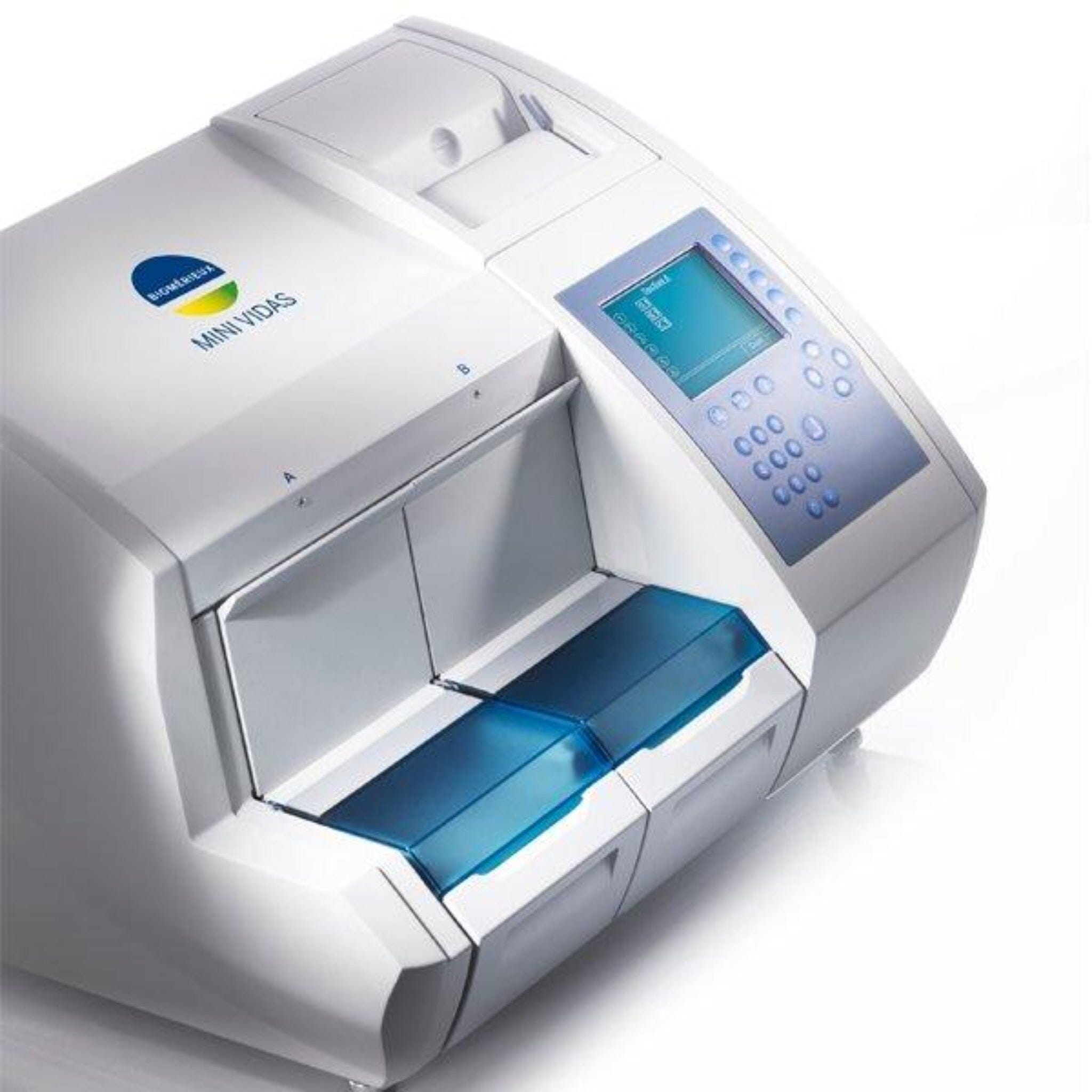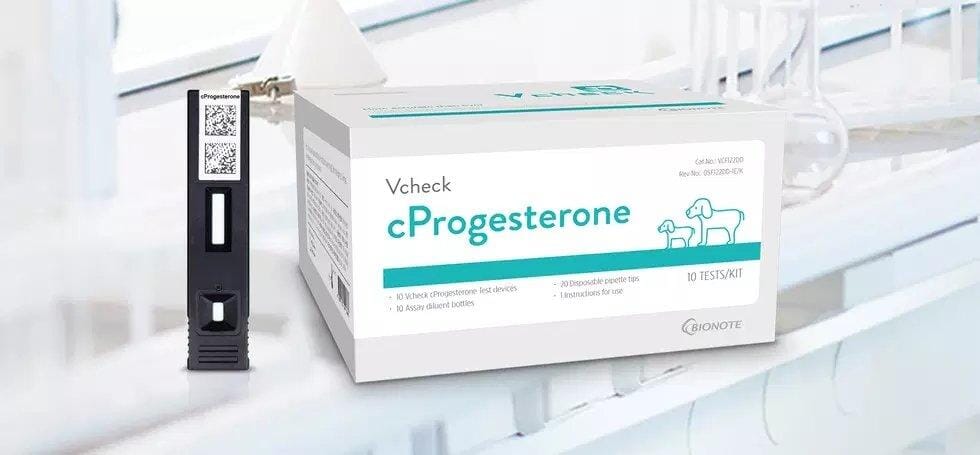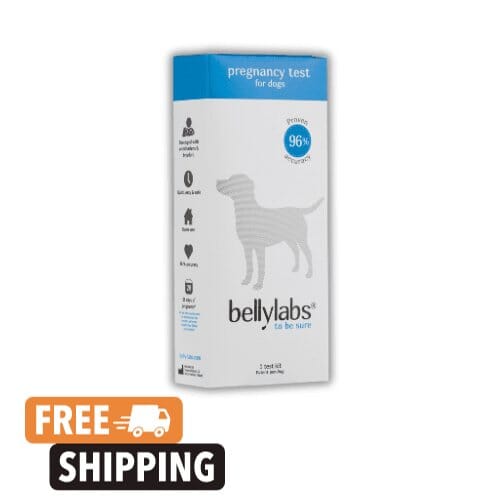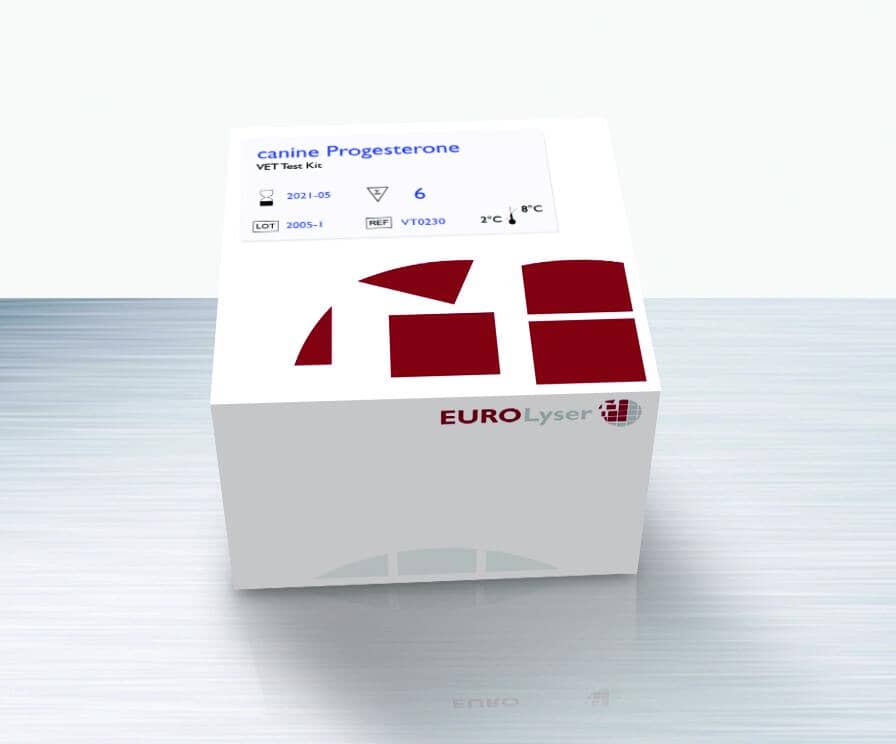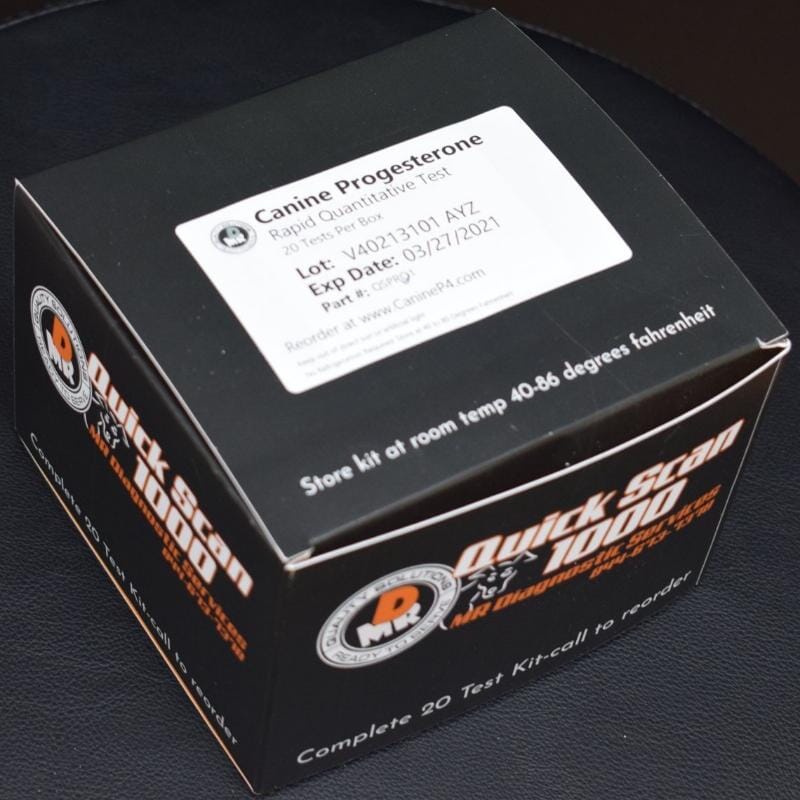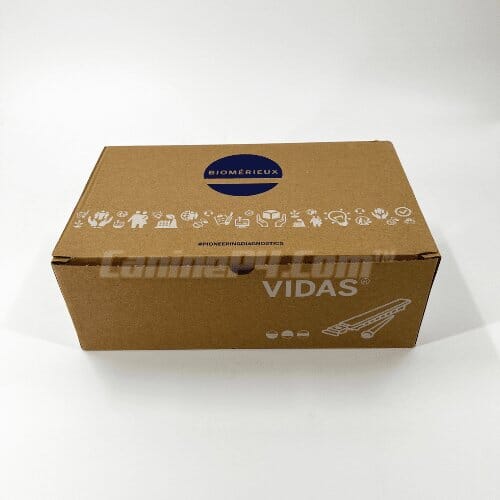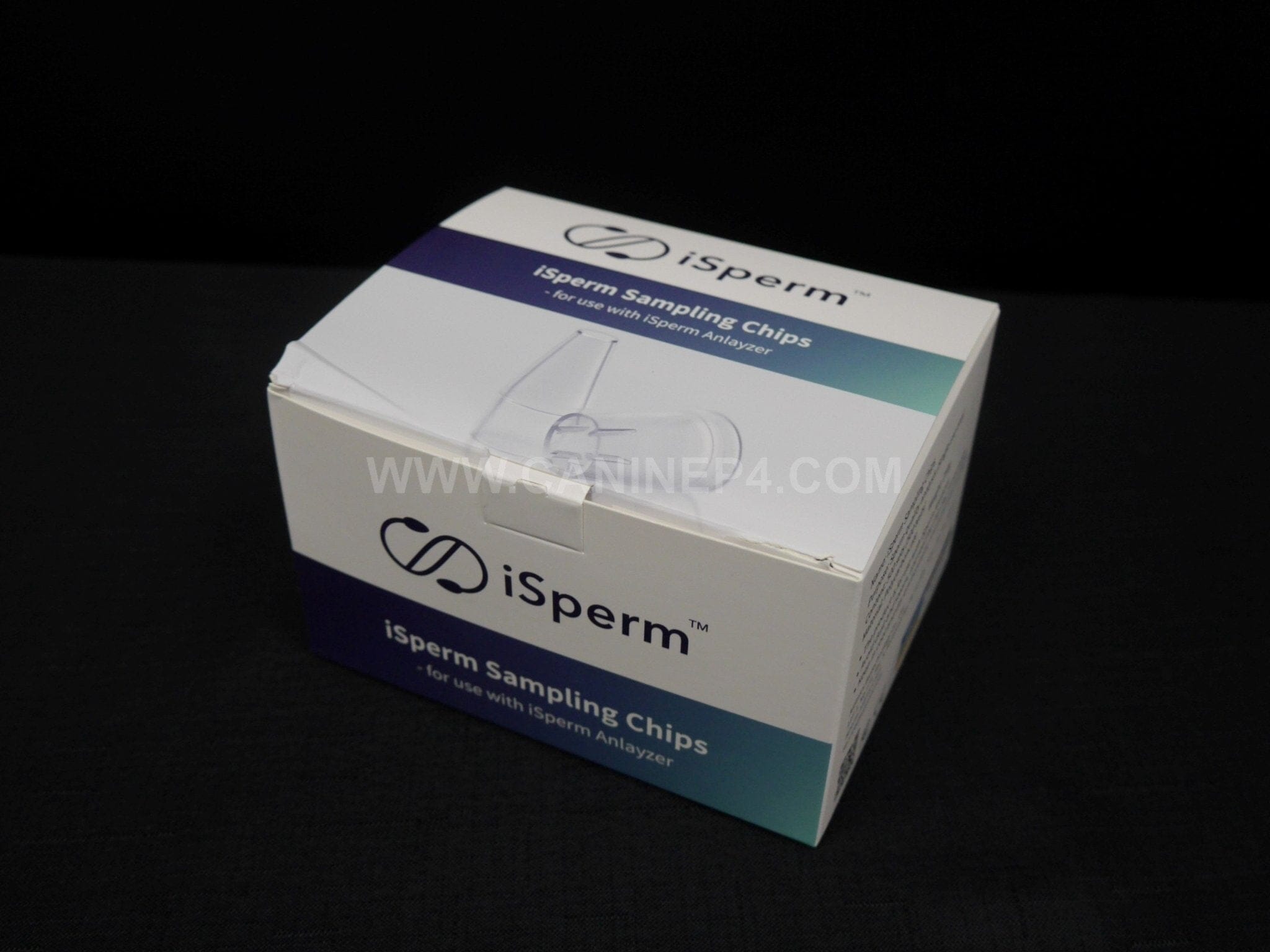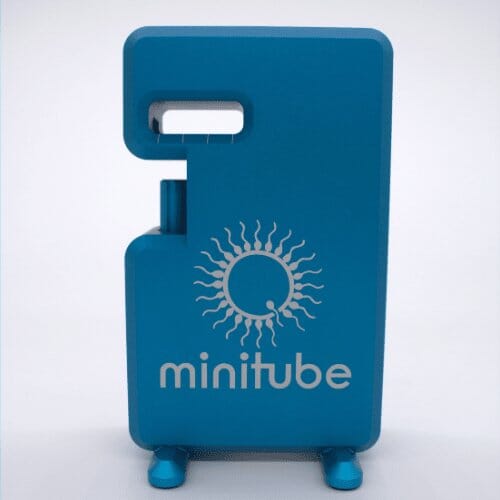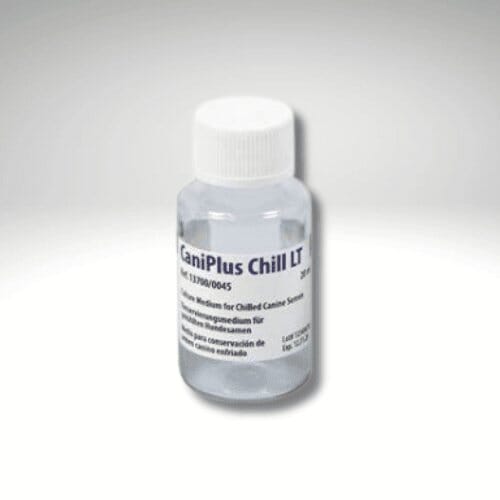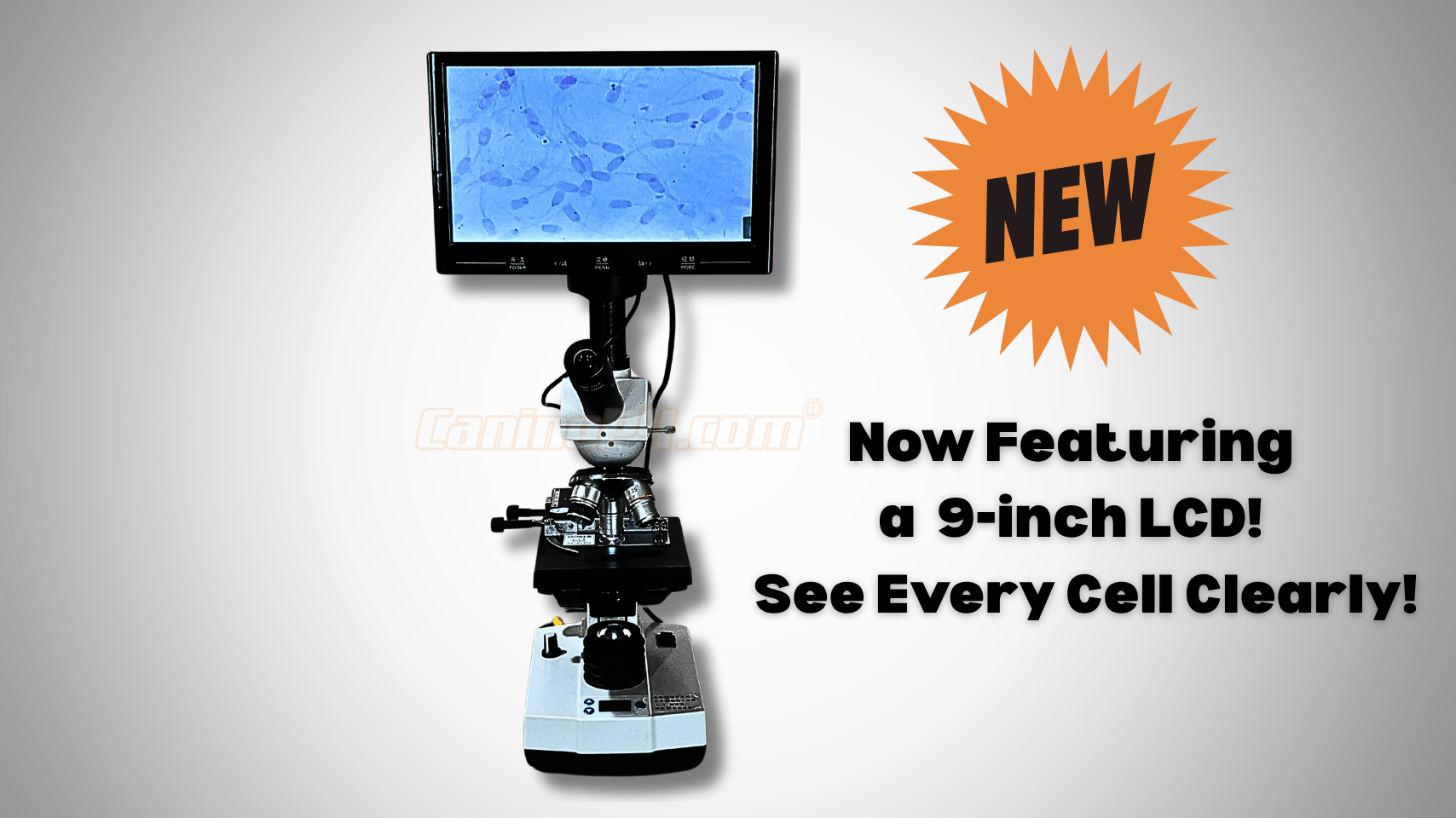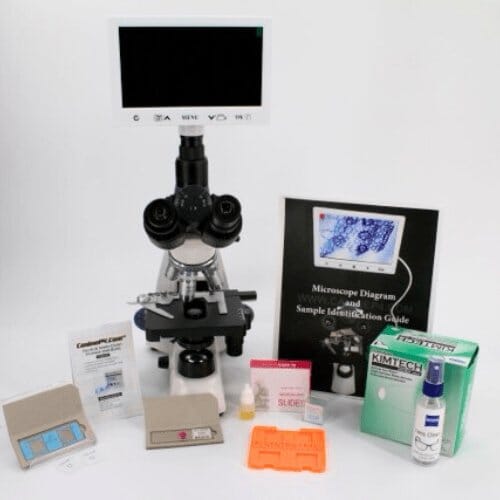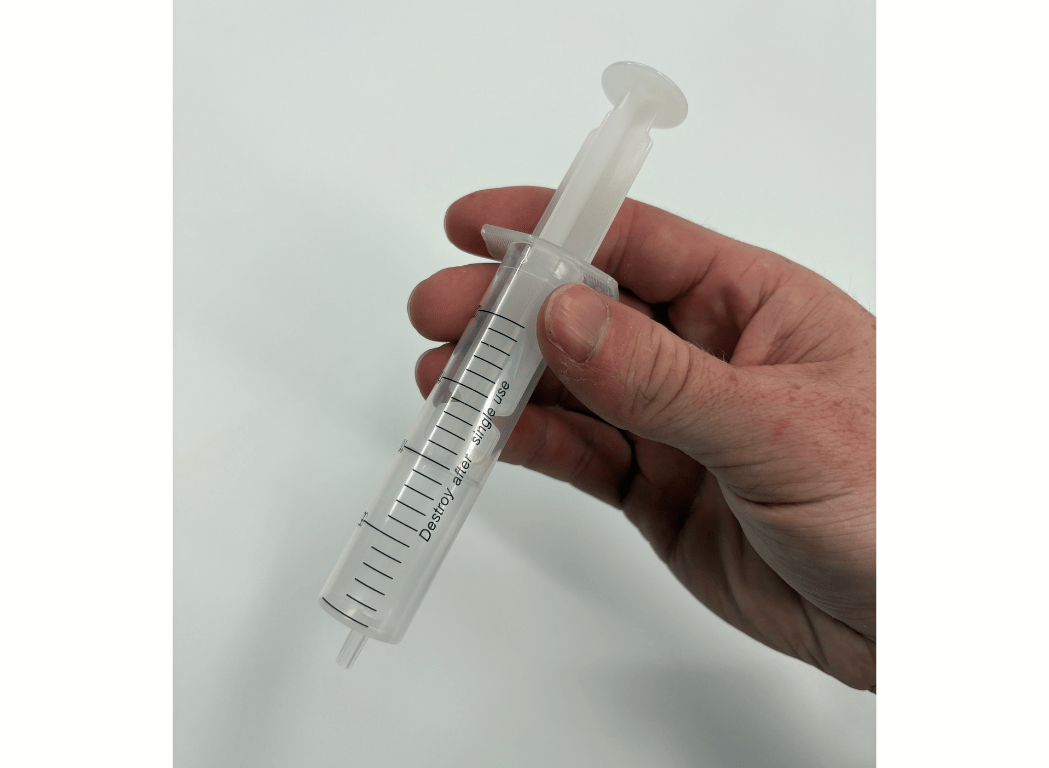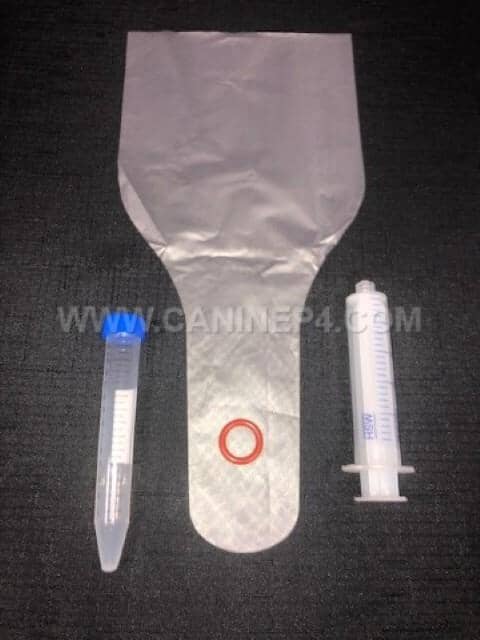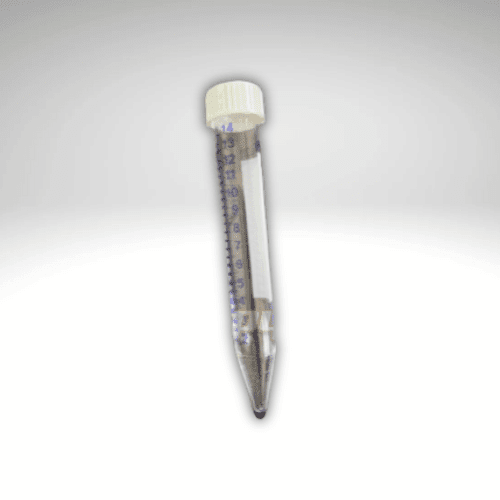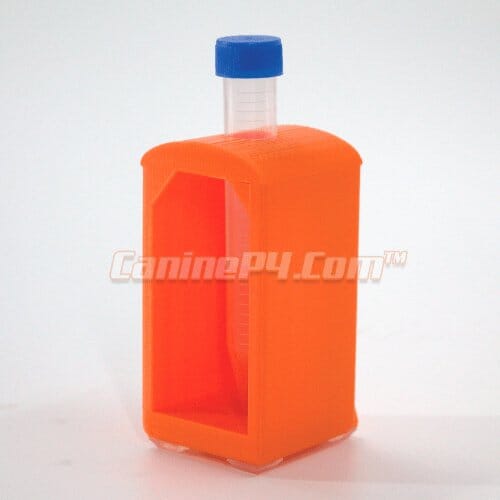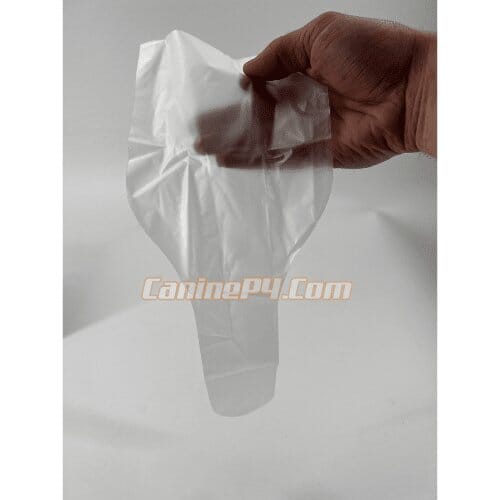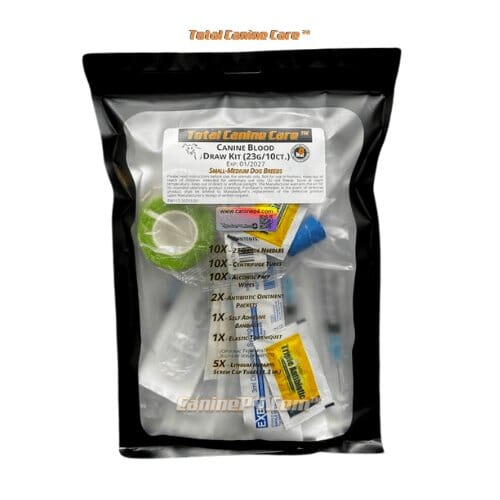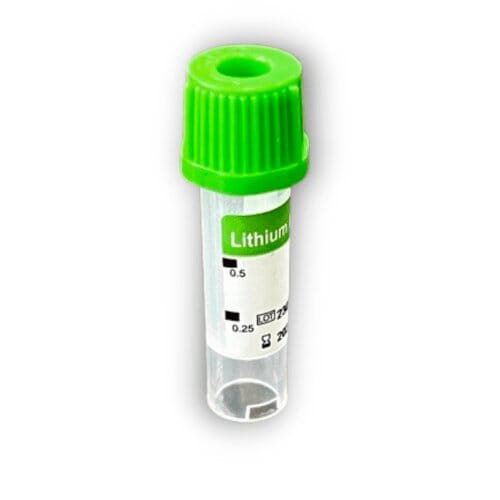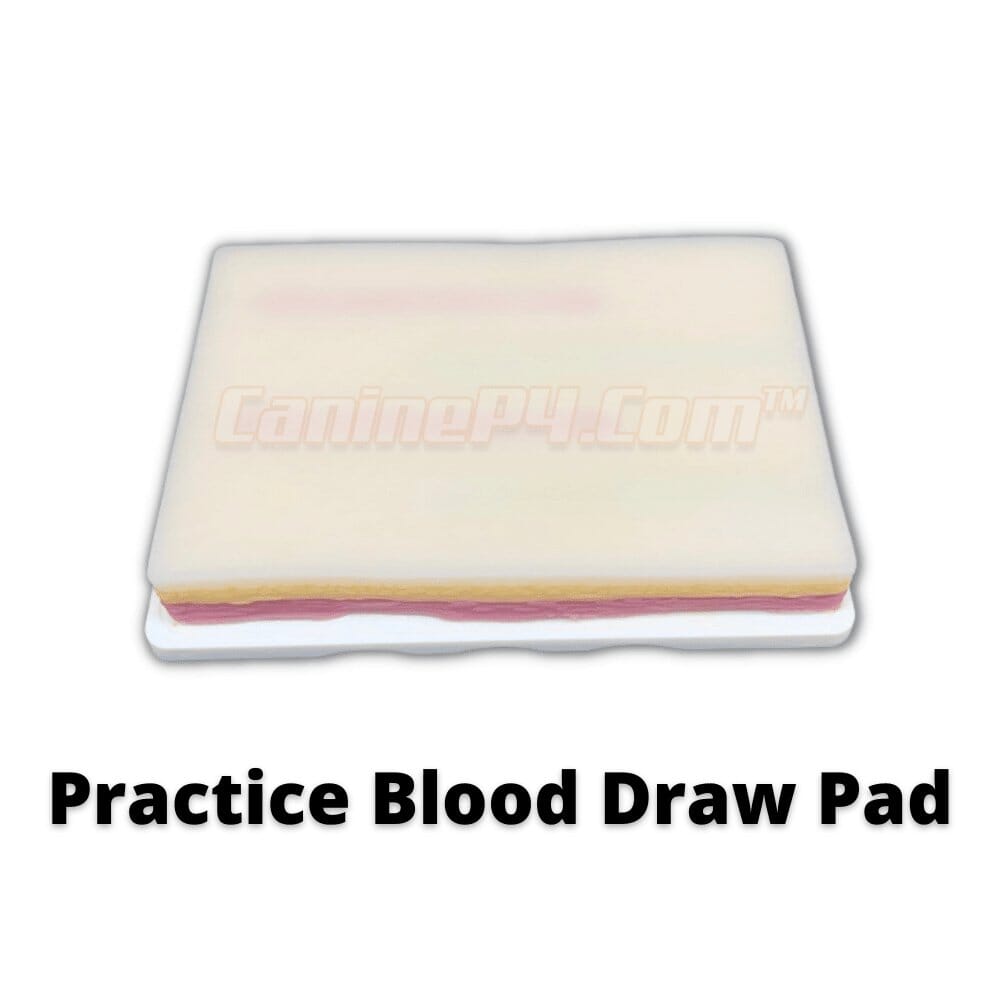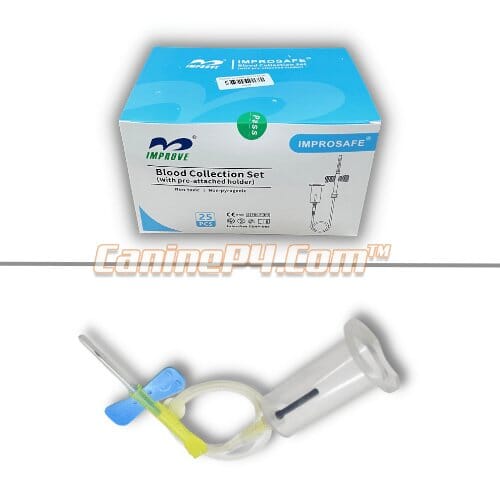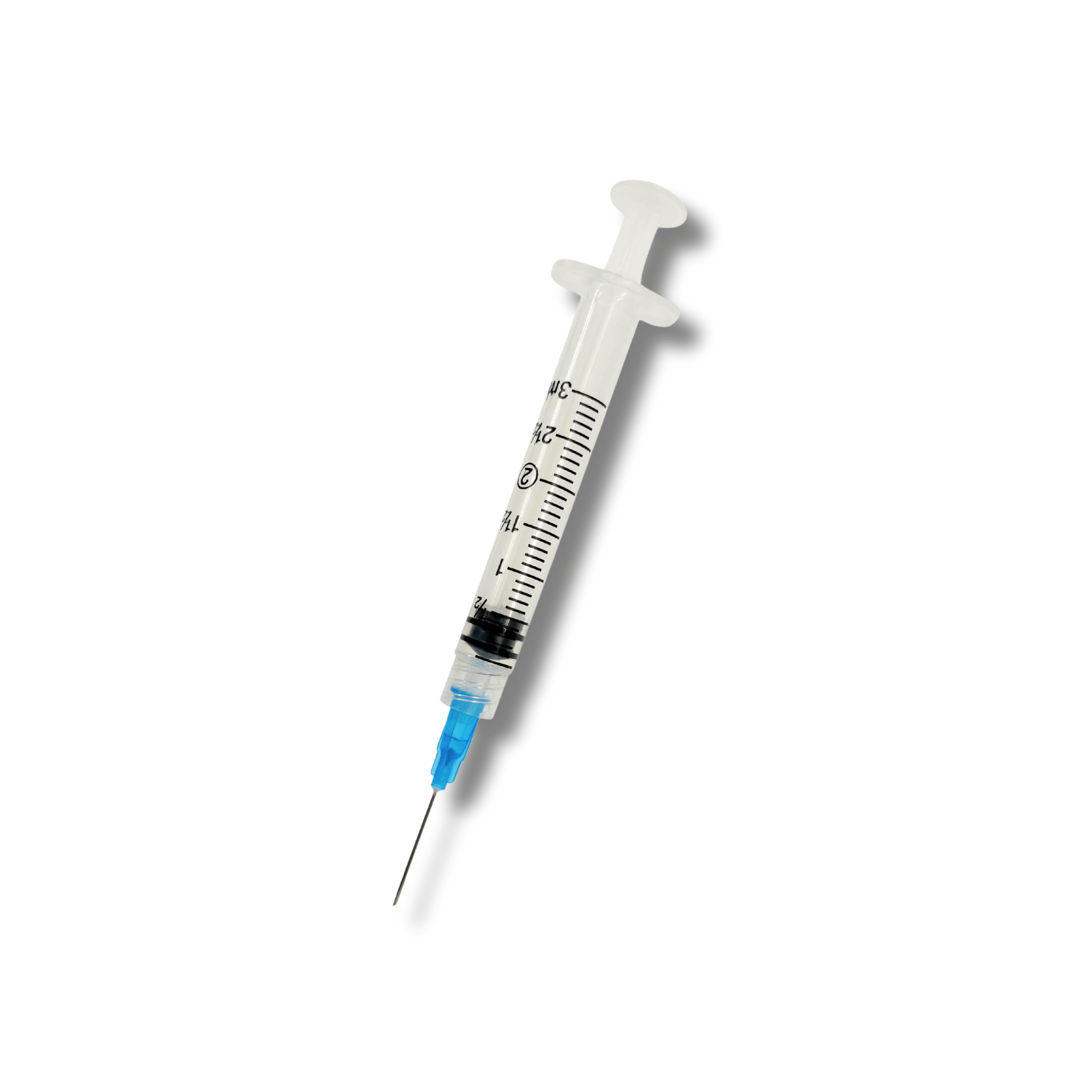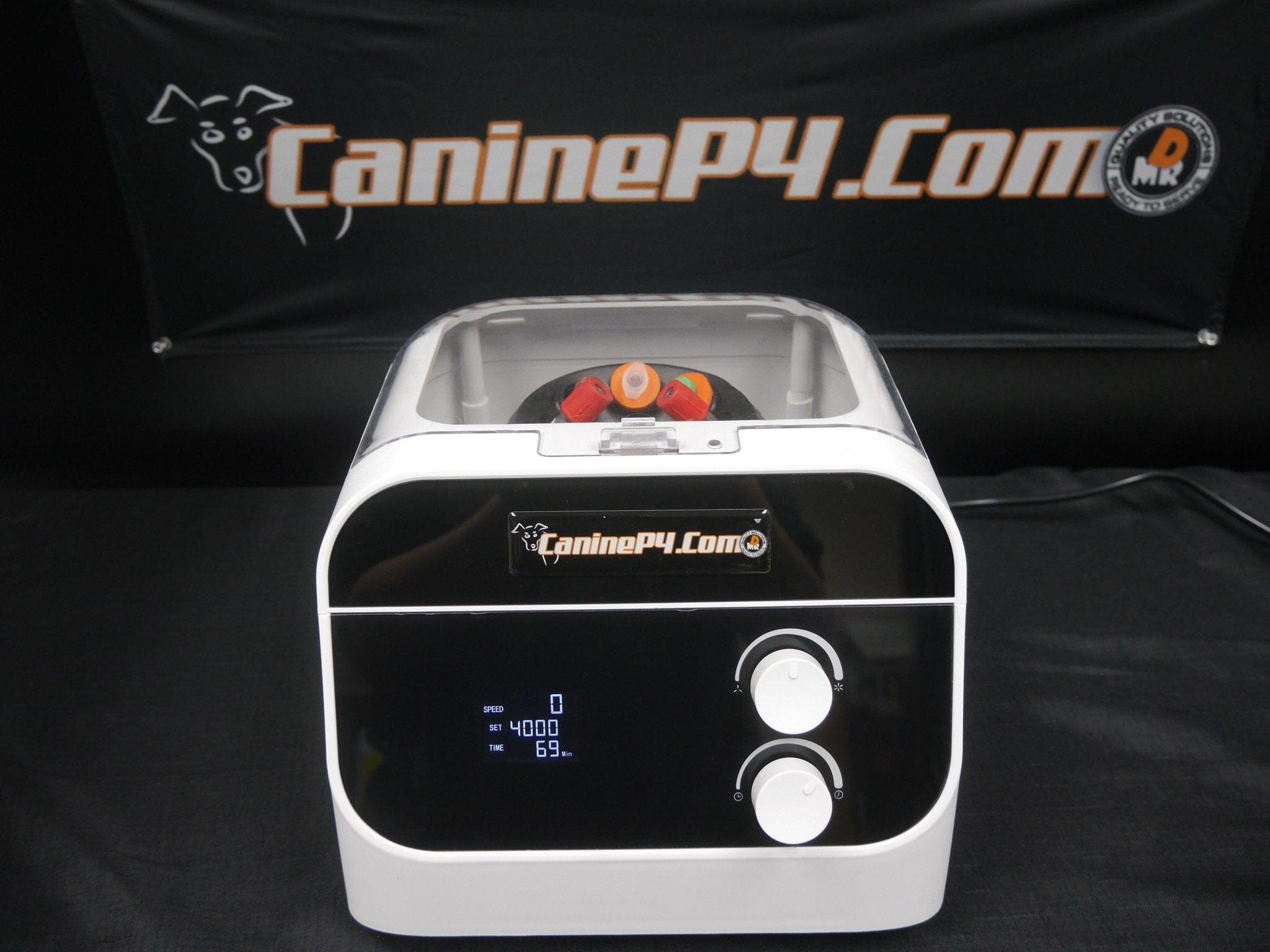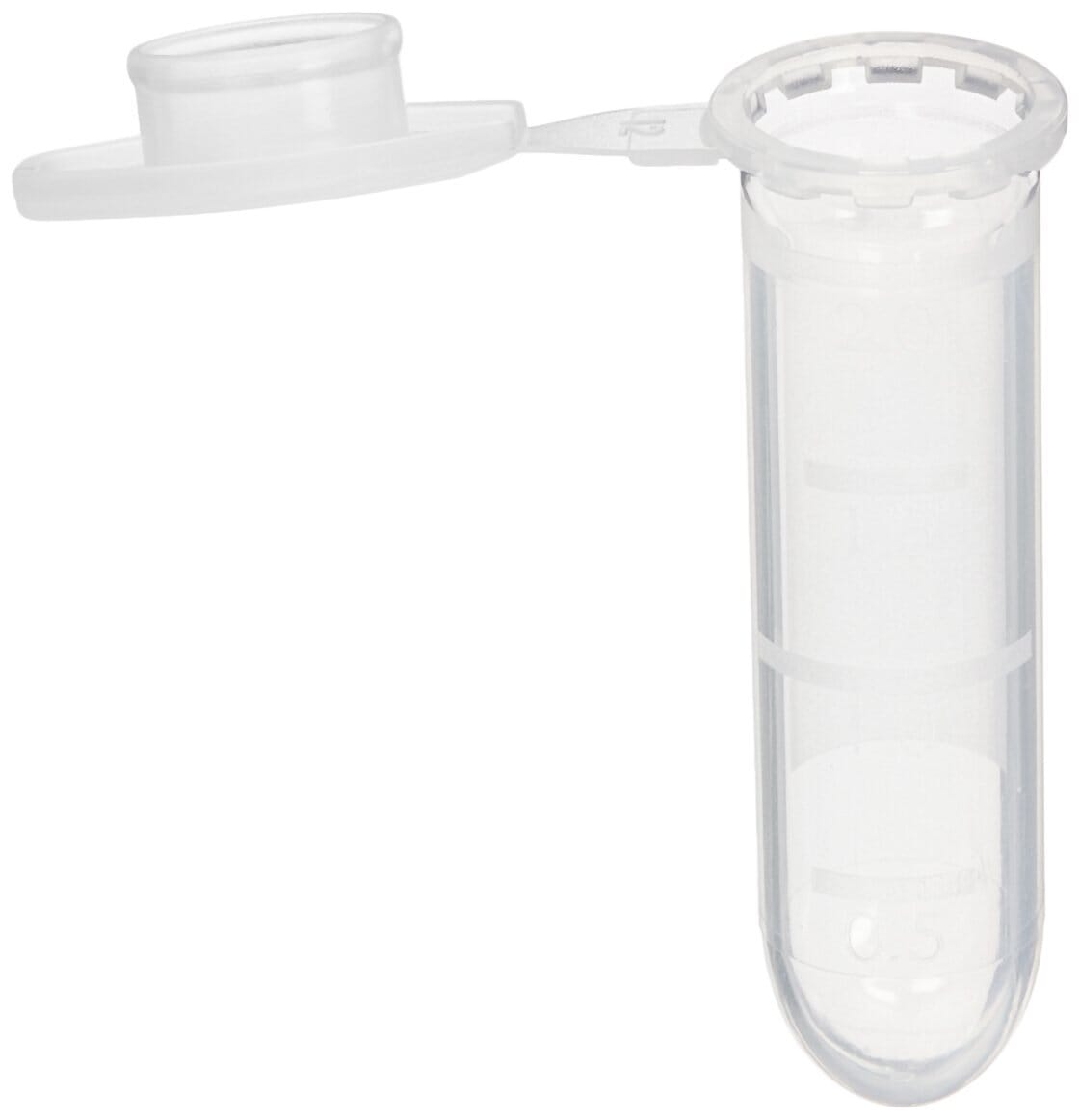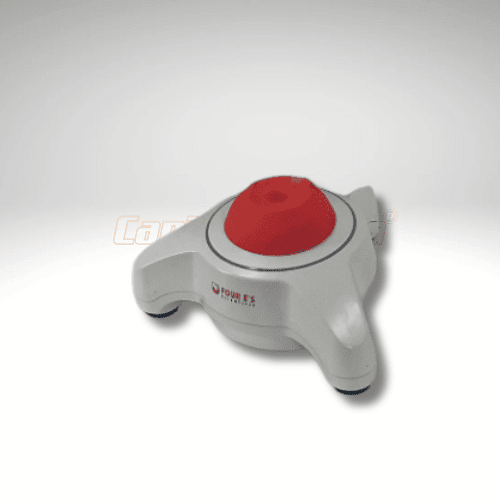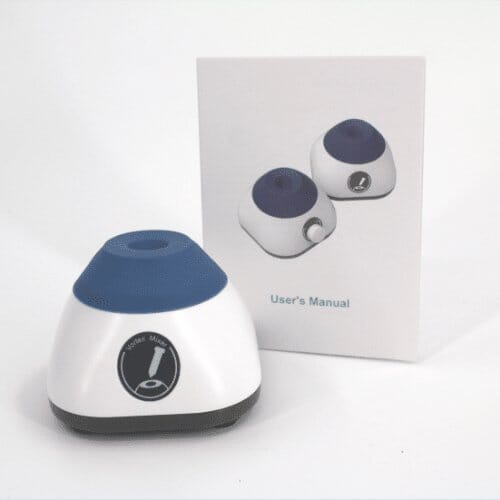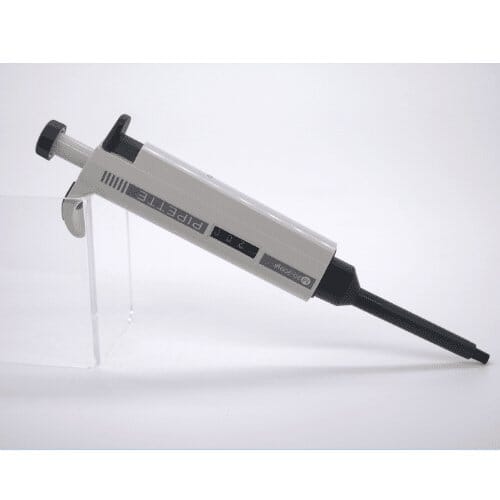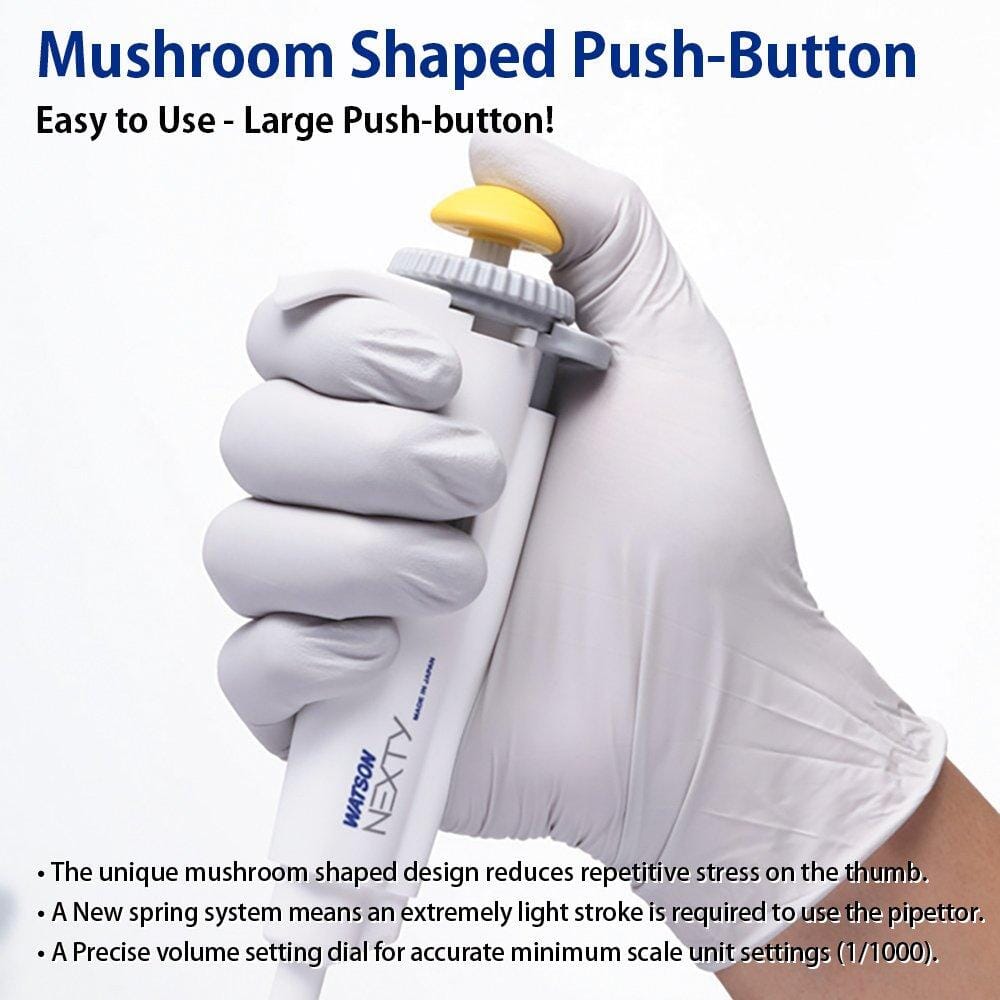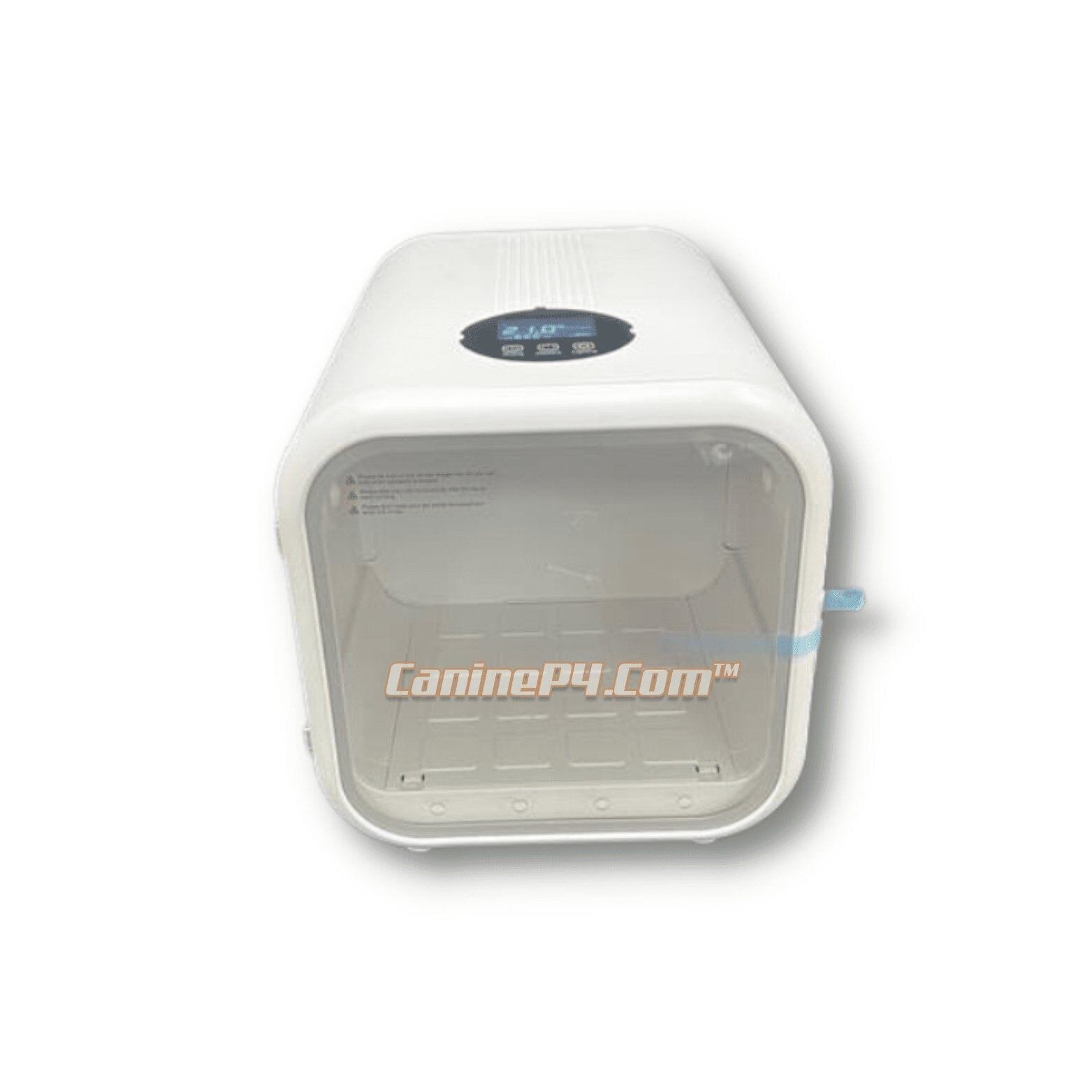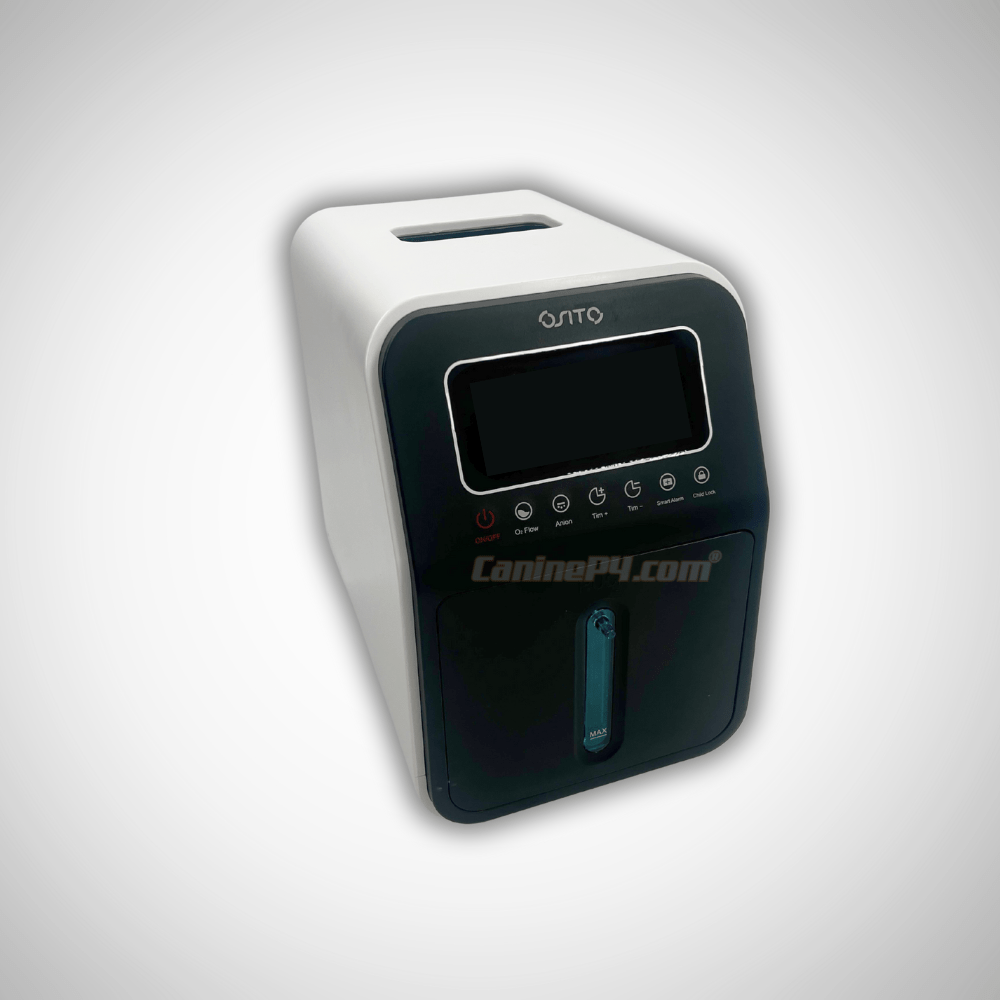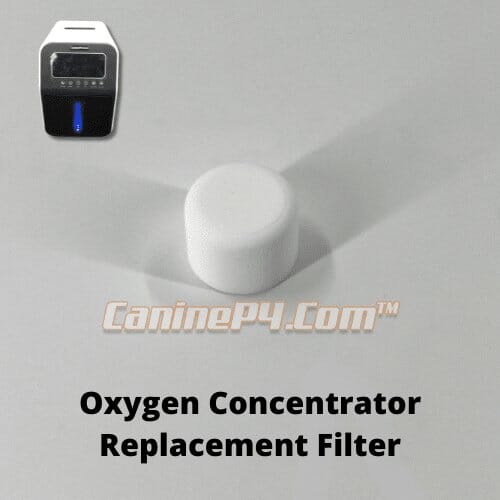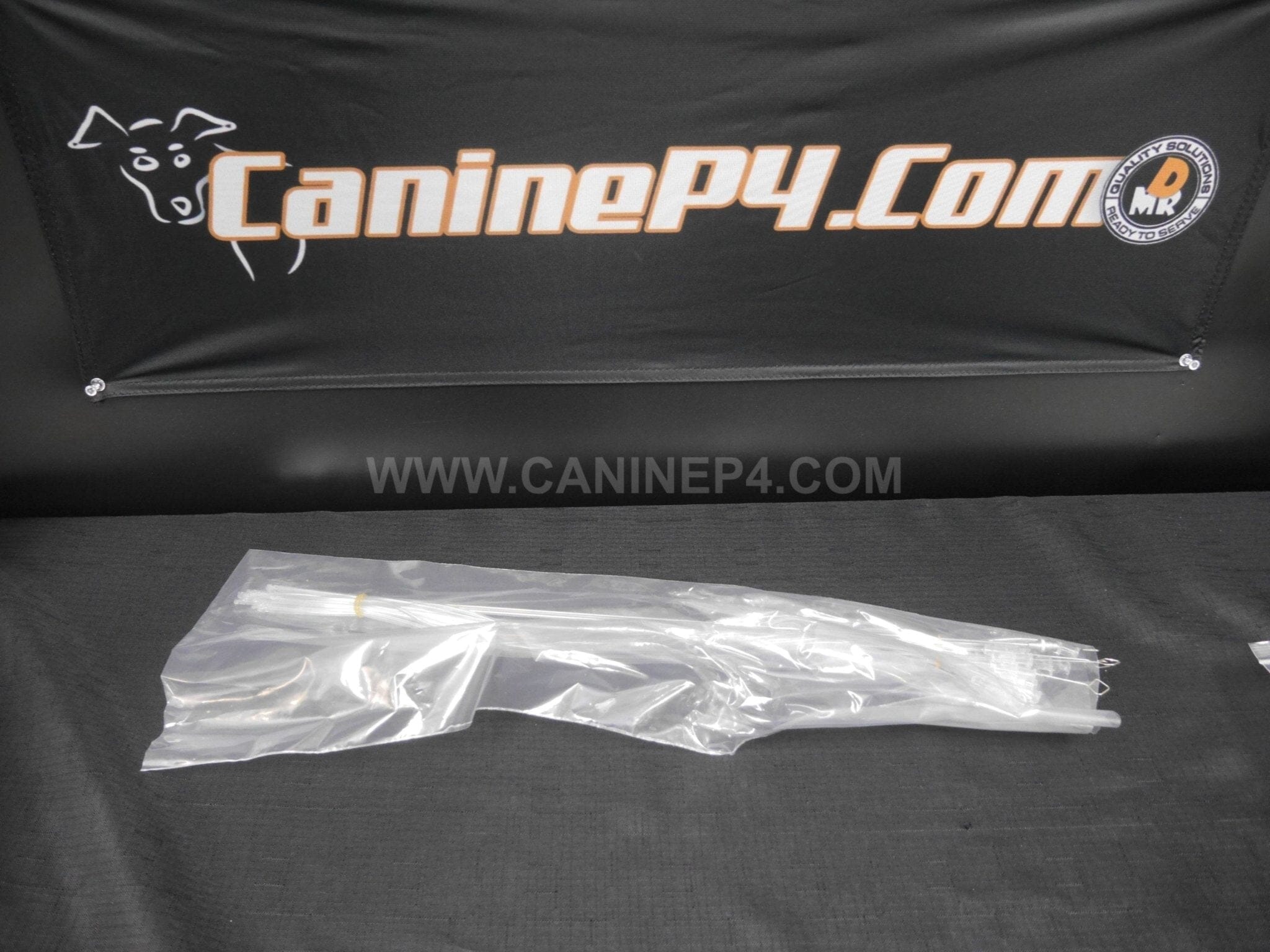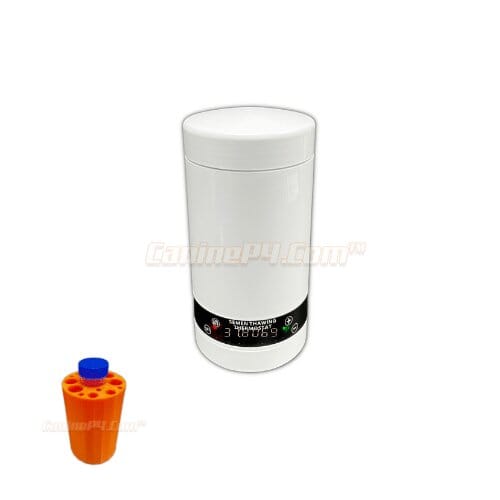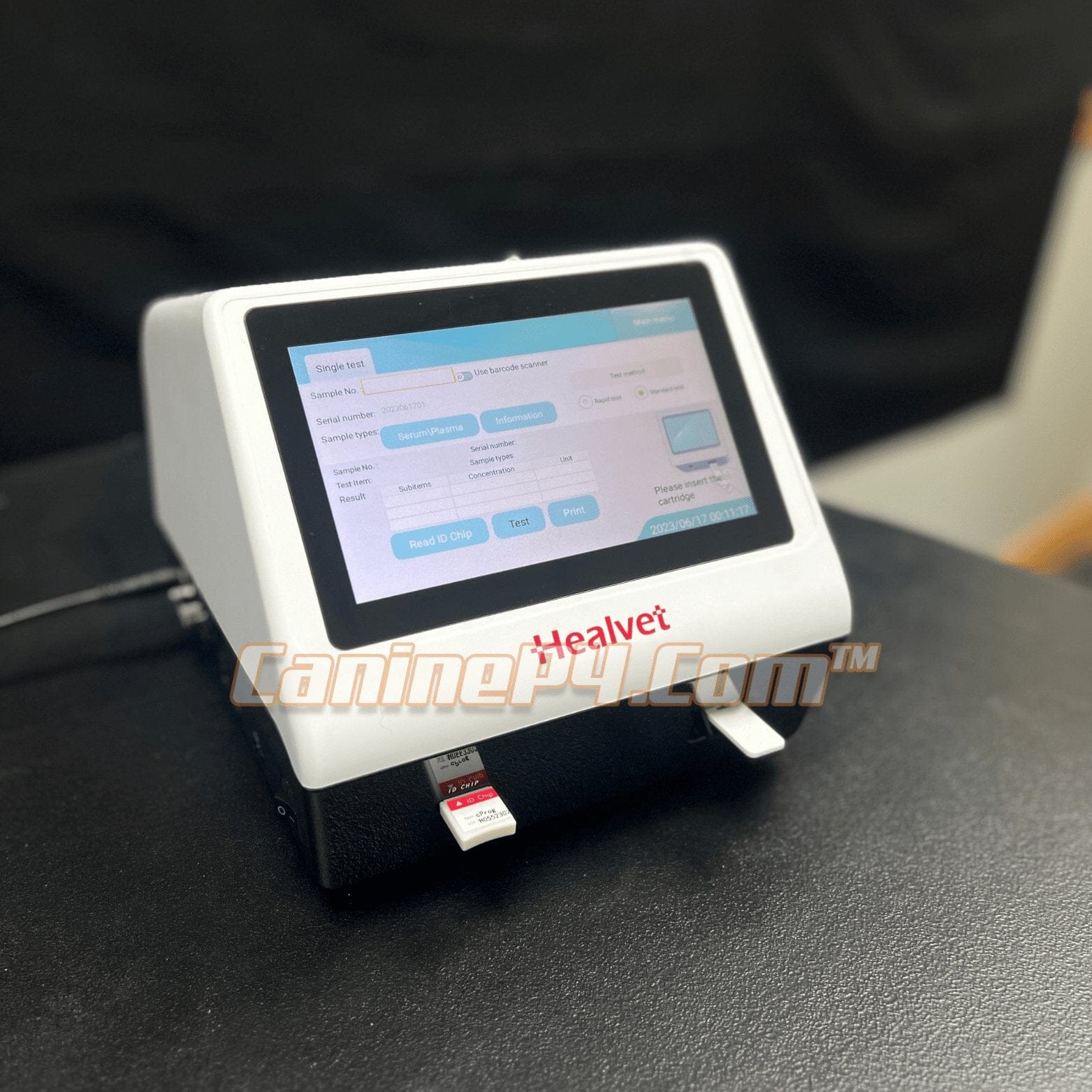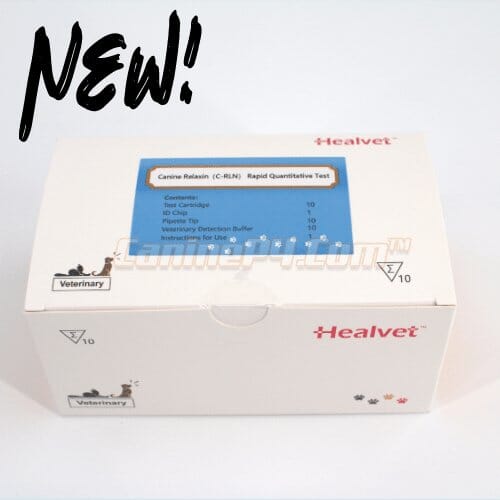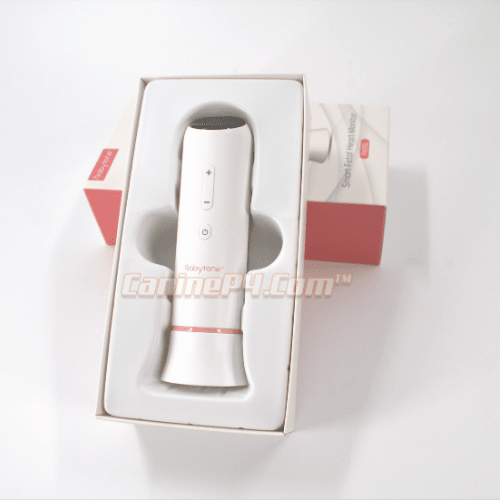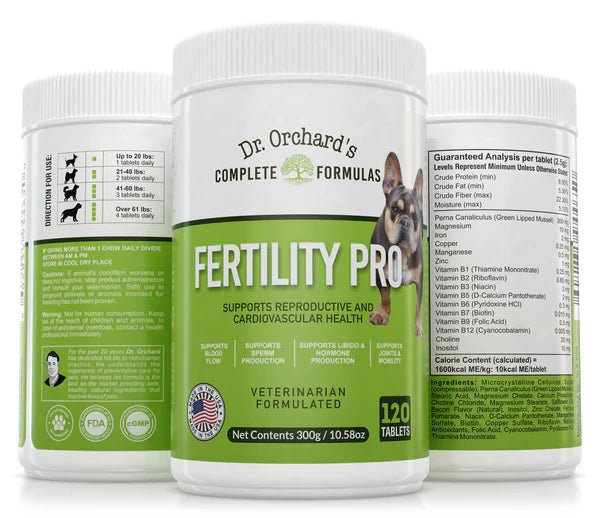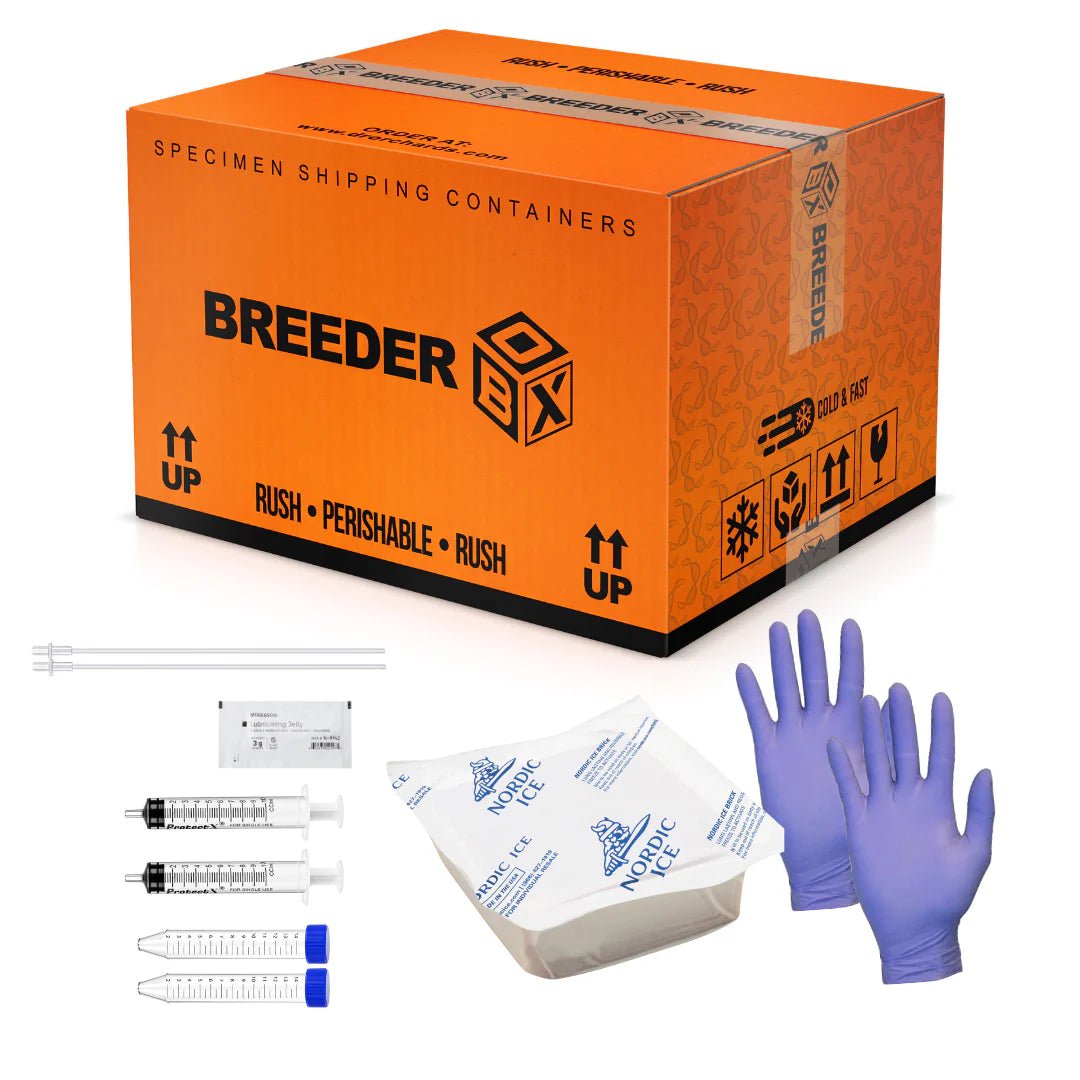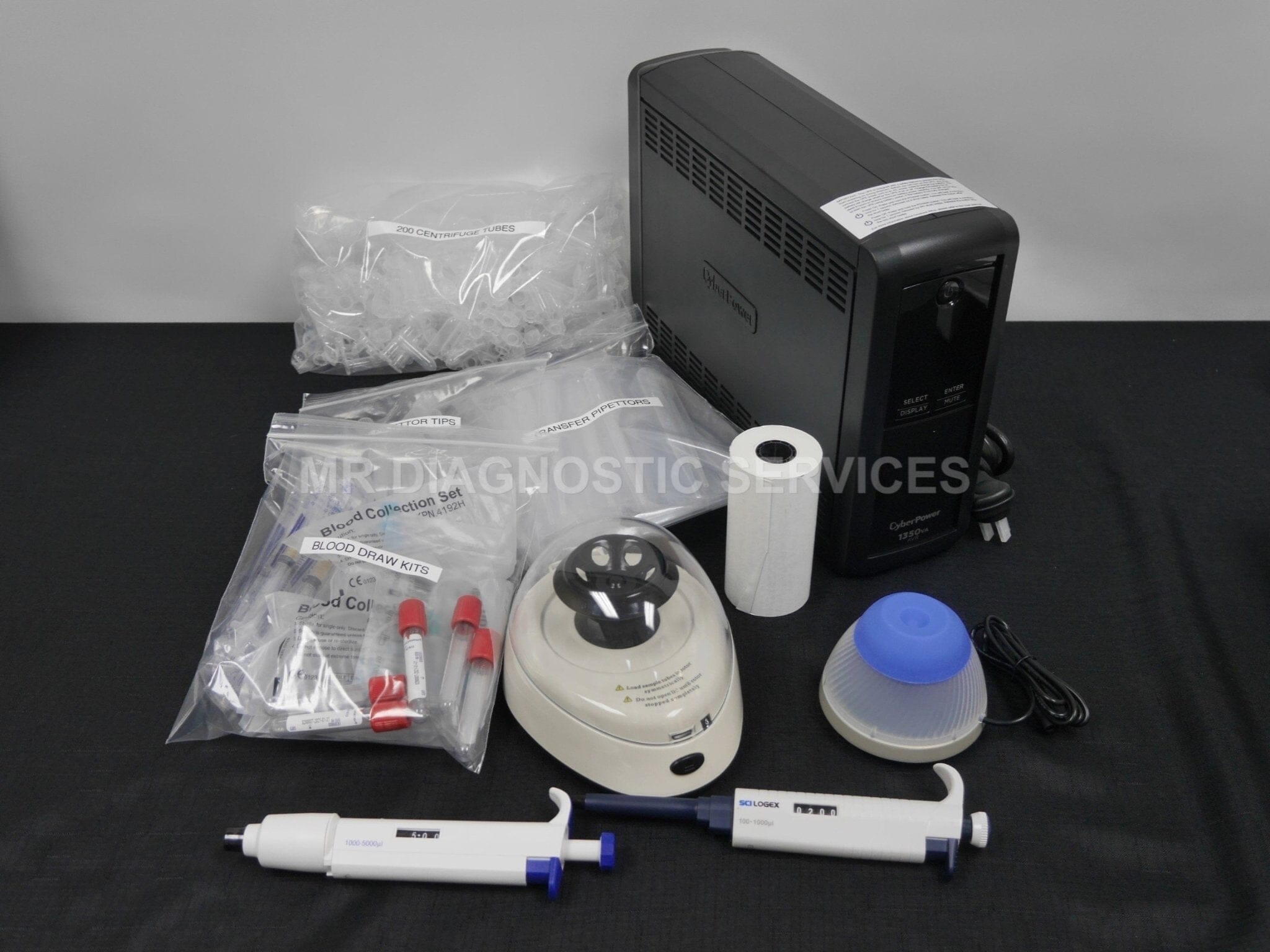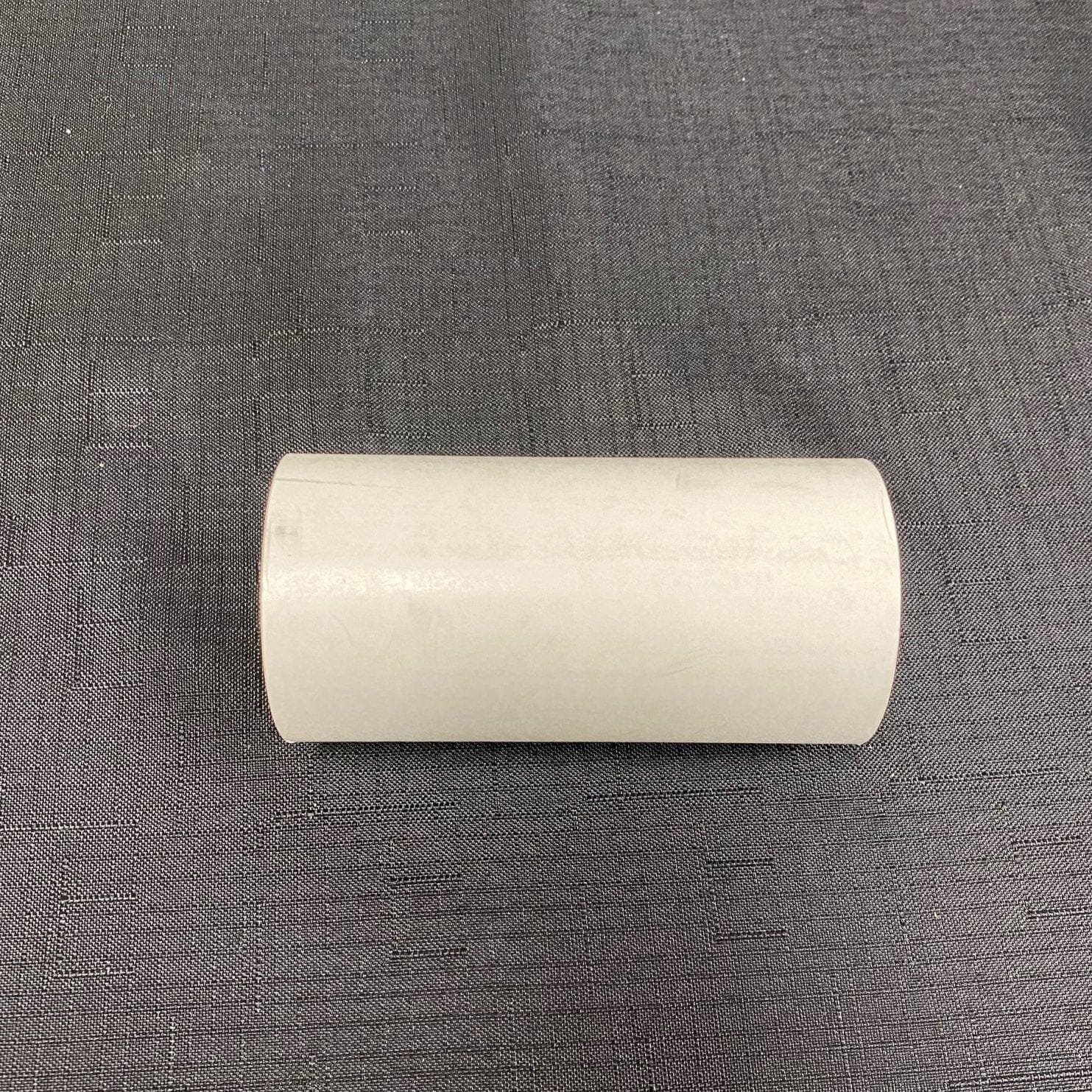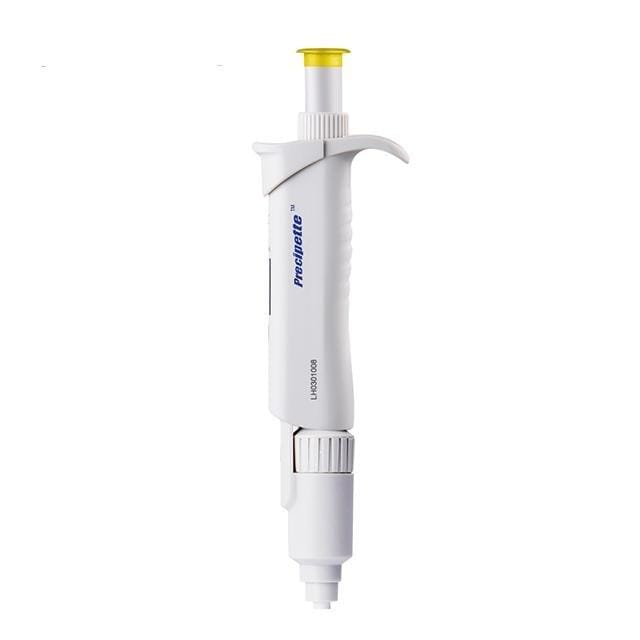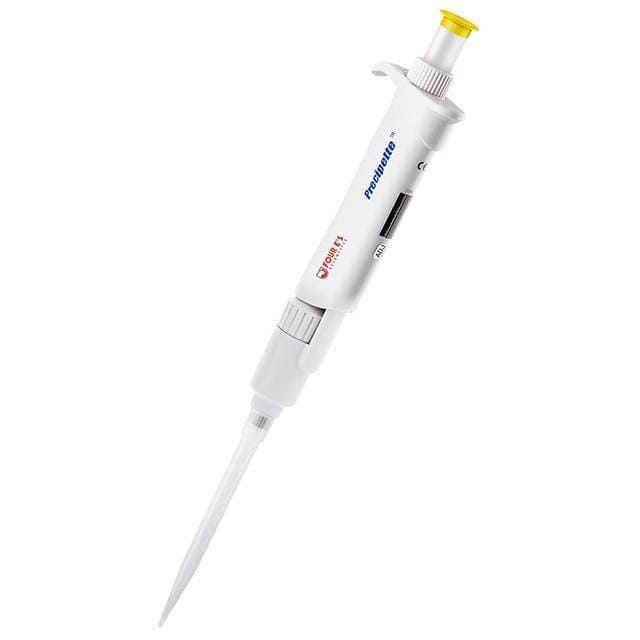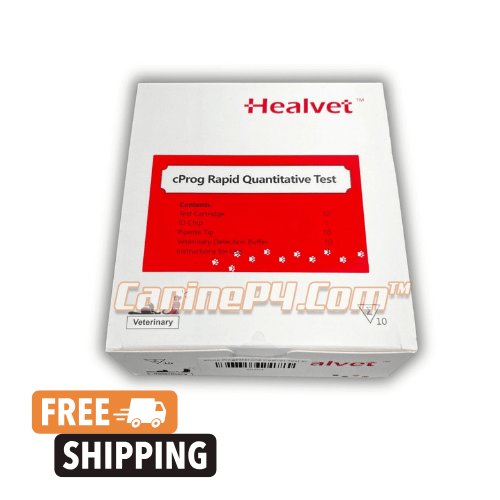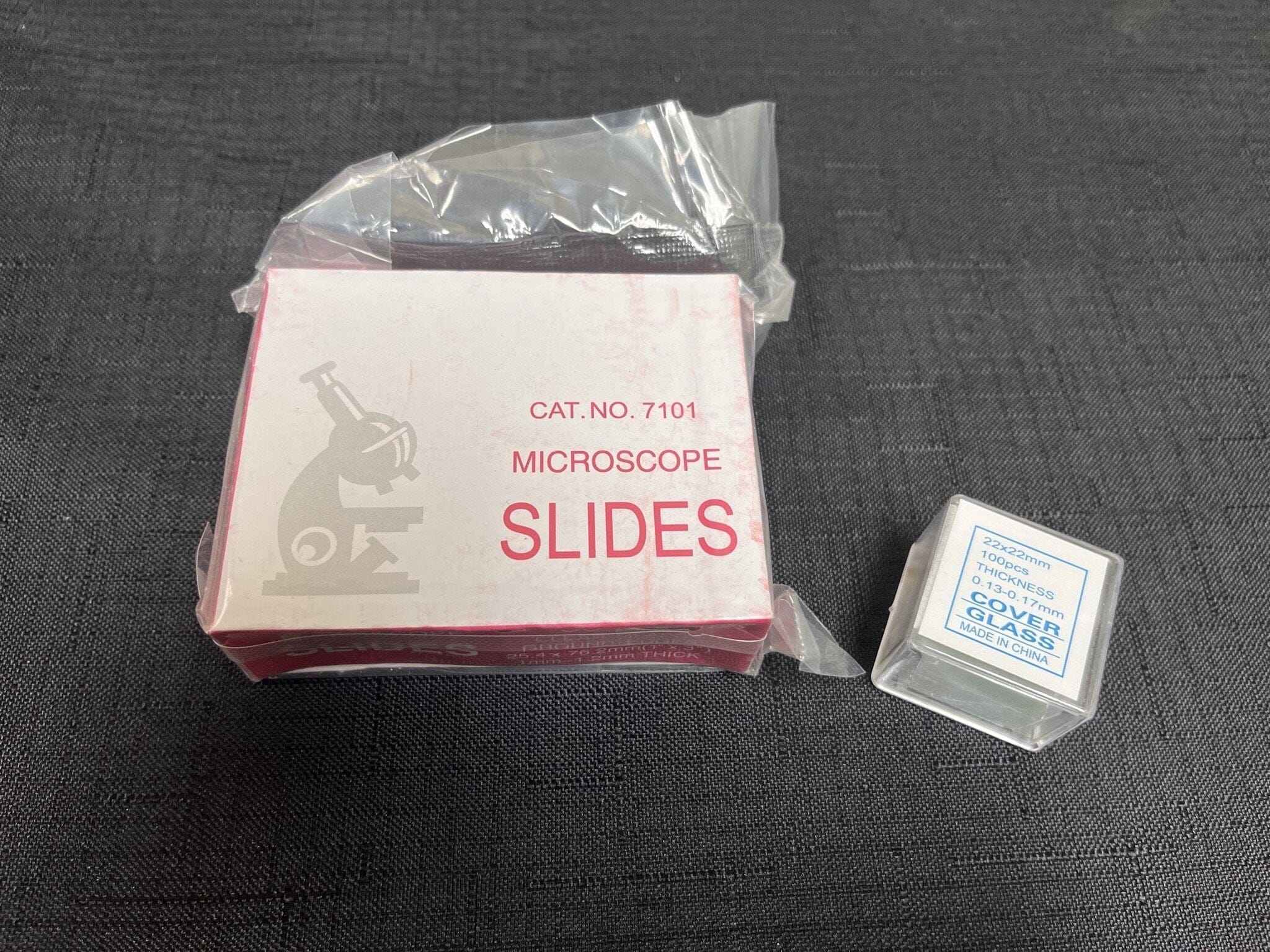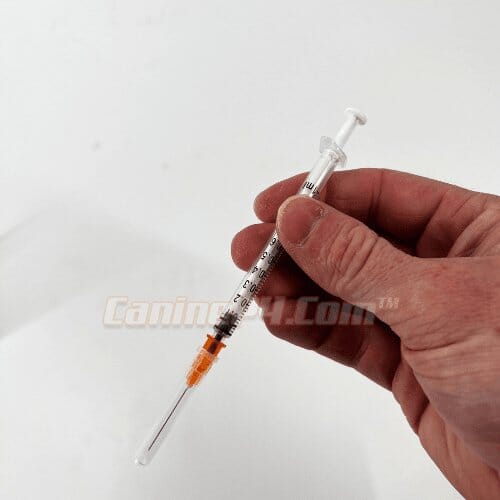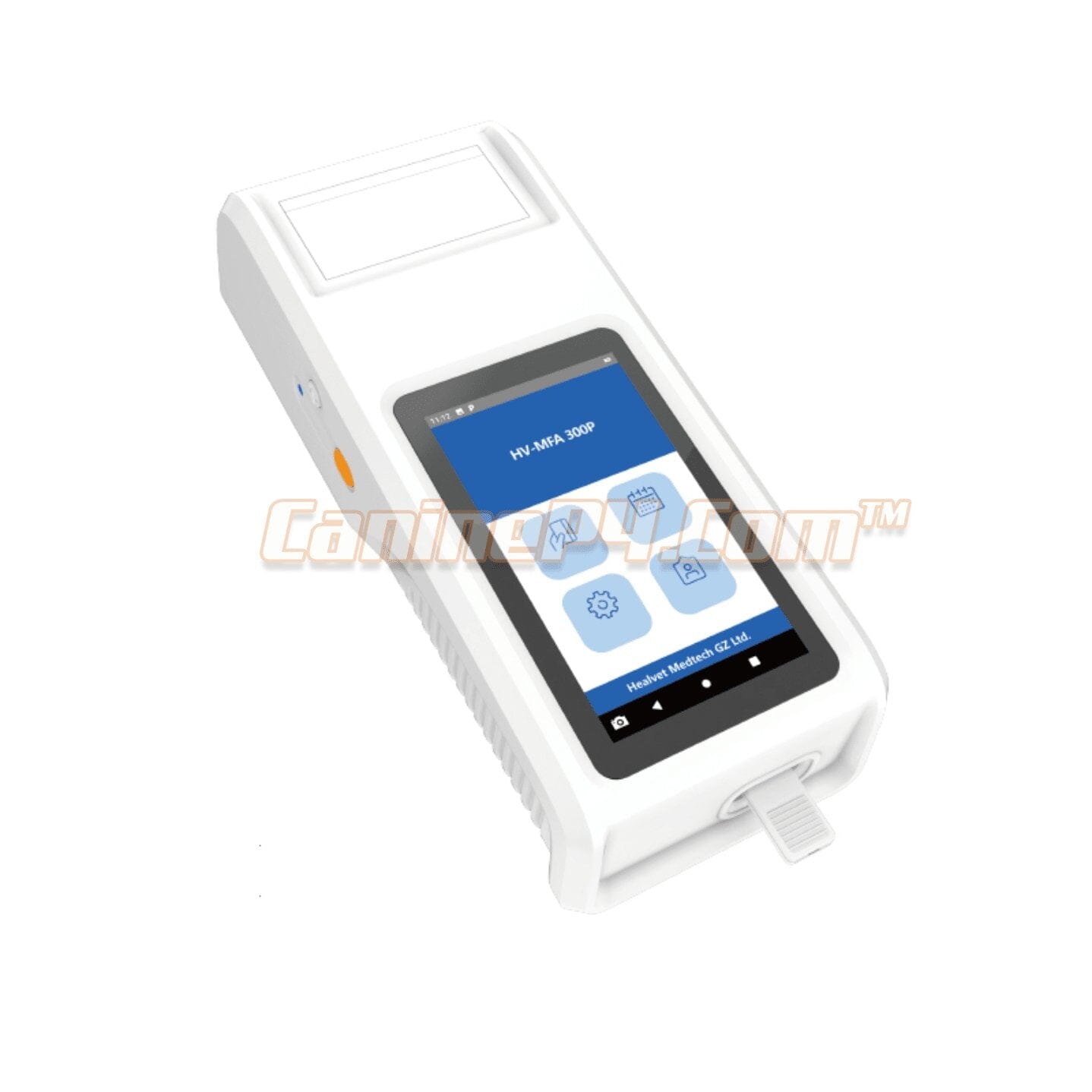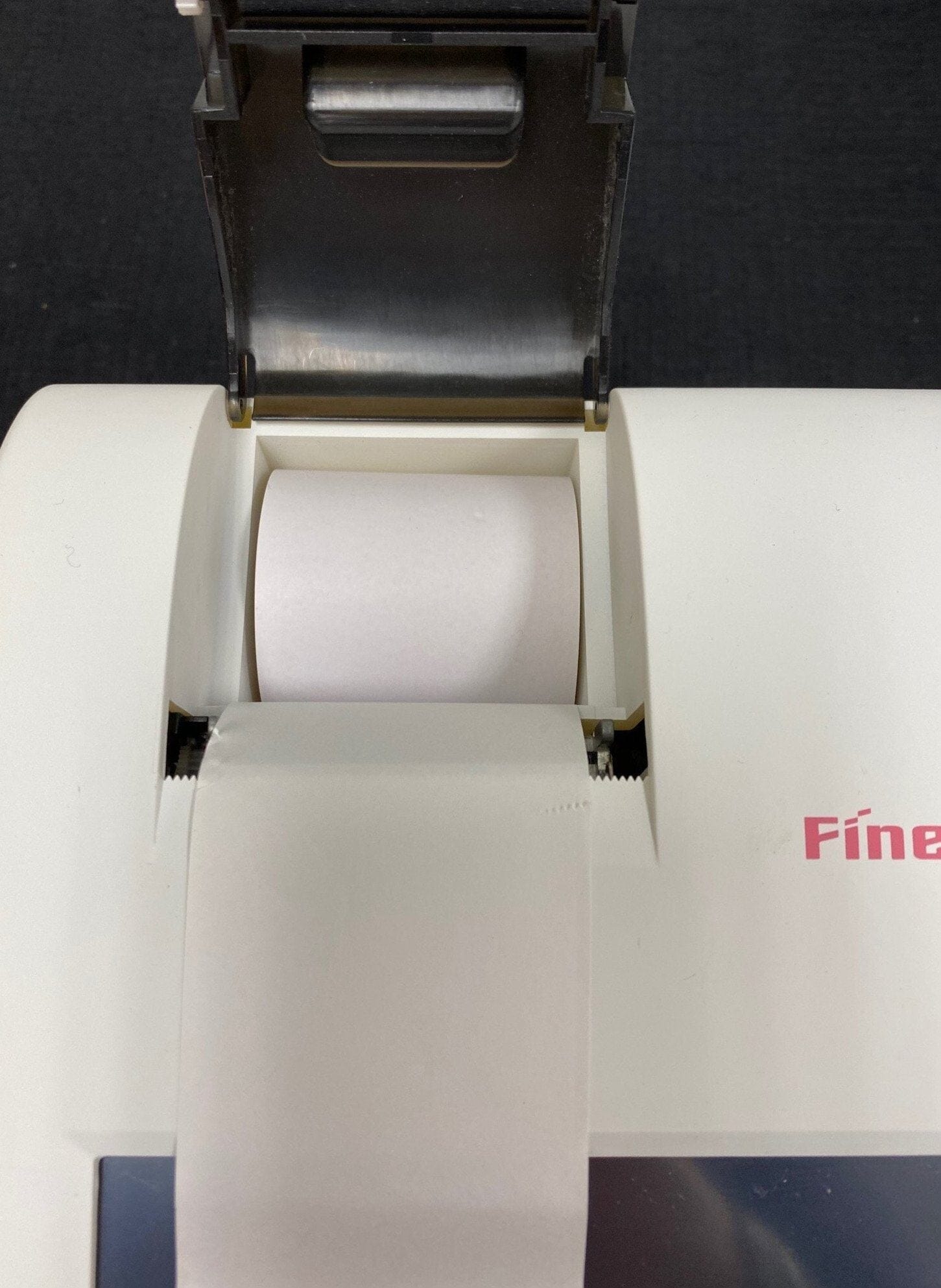Menu
Giardia in Dogs: Symptoms, Identification, and Testing Guide using Giardia Dog Poop Picture
Giardia is a common intestinal parasite that affects dogs, causing discomfort and health issues if left untreated. We understand the importance of early detection and treatment to keep your dogs healthy. This comprehensive guide answers key questions about Giardia symptoms, explains how to identify the infection (including what Giardia-affected dog poop looks like). Whether you’re a breeder or a pet owner, recognizing Giardia symptoms is crucial for prompt action.
What is Giardia in Dogs?
Giardia is a single-celled parasite that infects the intestines, often through contaminated water, food, or surfaces. It’s highly contagious, spreading via the fecal-oral route, and can affect dogs of all ages, especially puppies or those in crowded environments like kennels. Understanding the symptoms is the first step to protecting your dog’s health.
Giardia Symptoms: Key Questions Answered
Below is a list of common Giardia symptoms in dogs, presented as questions to help you identify the infection:
-
Does your dog have diarrhea? Diarrhea is the most common symptom of Giardia. It’s often watery, soft, or mushy, with a foul odor. The stool may appear greasy or contain mucus, indicating irritation in the intestines. Example: Look for loose, pale, or frothy stools that occur frequently.
-
Is your dog’s poop abnormal in appearance? Giardia-affected stool may look different from healthy dog poop, which is typically firm and brown. Infected dogs may produce stools that are yellowish, greasy, or have a shiny, mucus-covered surface. Is your dog vomiting? Some dogs with Giardia experience vomiting, though it’s less common than diarrhea. Vomiting may occur intermittently, often tied to intestinal inflammation caused by the parasite.
-
Has your dog lost weight unexpectedly? Giardia can interfere with nutrient absorption, leading to weight loss despite a normal or increased appetite. This is especially noticeable in chronic cases or in puppies.
-
Does your dog seem lethargic or low-energy? Infected dogs may appear tired or less active due to dehydration, nutrient loss, or discomfort from gastrointestinal issues.
-
Is your dog’s appetite reduced? Some dogs with Giardia show a decreased interest in food, likely due to nausea or abdominal discomfort caused by the parasite.
-
Does your dog have gas or bloating? Excessive flatulence or a bloated abdomen can occur as Giardia disrupts normal digestion, leading to gas buildup in the intestines.
-
Is your dog dehydrated? Persistent diarrhea can cause dehydration, noticeable through symptoms like dry gums, sunken eyes, or reduced skin elasticity. Check by gently pinching the skin on your dog’s neck—if it doesn’t snap back quickly, dehydration may be present.
-
Does your dog have a poor coat condition? A dull, dry, or unkempt coat can result from nutrient malabsorption, a common issue with Giardia infections.
-
Is your puppy failing to grow properly? Puppies with Giardia may experience stunted growth or failure to thrive due to the parasite’s impact on nutrient uptake, making early detection critical.
Note: Not all dogs show symptoms, especially in early or mild infections. Asymptomatic dogs can still spread Giardia, making testing essential in multi-dog environments.
Identifying Giardia in Dog Poop
One of the most visible signs of Giardia is abnormal stool. Here’s what to look for:
-
Texture: Watery, soft, or mushy, often described as “cow patty-like.”
-
Color: Pale, yellowish, or greenish due to malabsorption.
-
Appearance: Greasy or shiny, sometimes with visible mucus or blood.
-
Odor: Unusually foul or strong-smelling.
-
Frequency: Frequent bowel movements, often urgent or uncontrollable.
Why Testing for Giardia is Crucial
Giardia can be challenging to diagnose based on symptoms alone, as they overlap with other conditions like dietary issues or bacterial infections. Testing confirms the presence of Giardia cysts or antigens in the stool. If you see the symptoms contact your vet for testing. Benefits of testing include:
-
Early Detection: Identifies infections before symptoms worsen.
-
Preventing Spread: Stops transmission in kennels or multi-dog households.
-
Peace of Mind: Confirms the cause of symptoms, avoiding guesswork.
How to Test: Contact a veterinarian for testing and treatment, typically involving medications like metronidazole or fenbendazole.
How to Prevent Giardia in Dogs
Preventing Giardia is key, especially for breeders managing multiple dogs. Follow these tips:
-
Clean Water: Provide fresh, uncontaminated water and avoid letting dogs drink from puddles or streams.
-
Hygiene: Regularly clean kennels, bedding, and bowls with pet-safe disinfectants.
-
Prompt Waste Removal: Pick up feces immediately to reduce contamination risks.
-
Testing: Routinely test dogs in high-risk settings.
-
Quarantine New Dogs: Test and isolate new dogs before introducing them to your pack.
Conclusion
Giardia in dogs is a manageable condition if caught early. By recognizing symptoms like diarrhea, abnormal stool, or lethargy then contacting your veterinarian for testing and medication, you can protect your dogs and prevent the spread of this parasite.
References
-
Giardia in Dogs | VCA Animal Hospitals
-
Giardia in Dogs: Causes, Symptoms, & Treatment | AKC
-
Giardia in Dogs | PetMD
-
How to Spot Giardia in Dogs | Hill’s Pet Nutrition
-
Giardia in Dogs: Symptoms, Treatment, and Prevention | WebMD
Giardia Dog Poop Picture? What Is Giardia And What Does The Parasite Look Like?

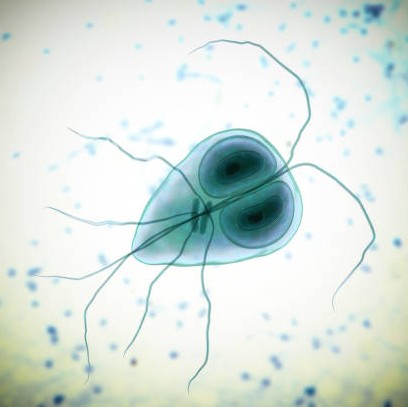
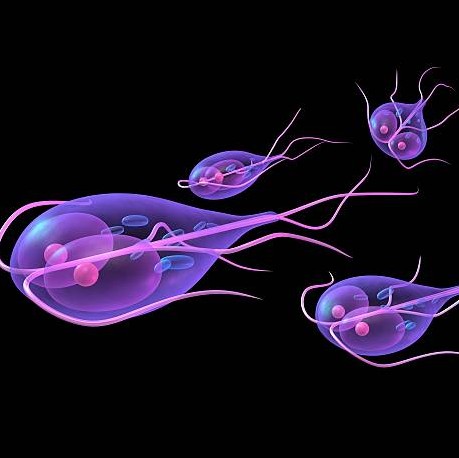
Giardia Dog Poop Picture? What Does Giardia Poop look like?
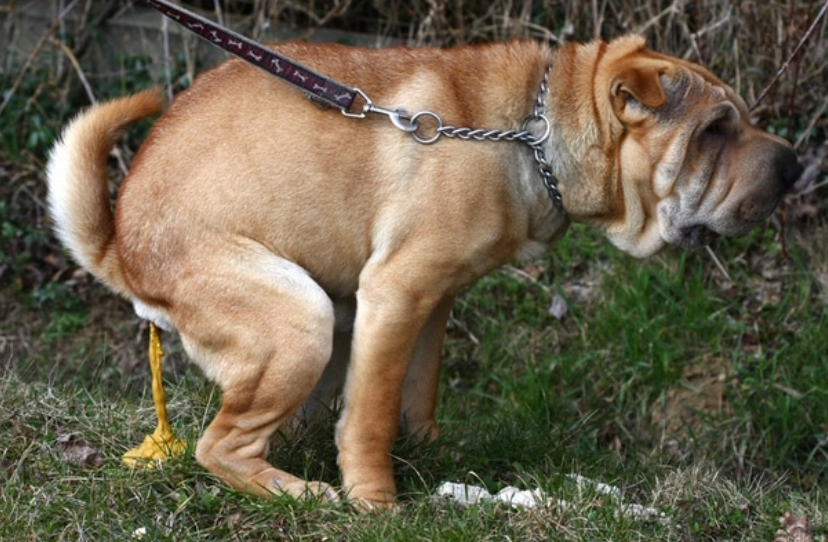
Check Out These Top Listings For Additional Info On Giardia.
Looking for dog breeding supplies? Check out our ever-growing array of products Here
Breeders Tech Center In Neenah Wisconsin. Home For Caninep4! It's Where It All Happens! 10,000 Sq Dedicated To Serving You!
844-673-7378 Call For Appointment.
- Choosing a selection results in a full page refresh.
Quick Links
Information Links
Our mission
All of the CanineP4 Team members are dedicated to getting the best product fits for every customer we serve! Along with ongoing support via Chat, Email, or Phone! All with the best pricing available! Call us at 844-673-7378 we will be waiting to serve you!
© 2025, CanineP4.com
